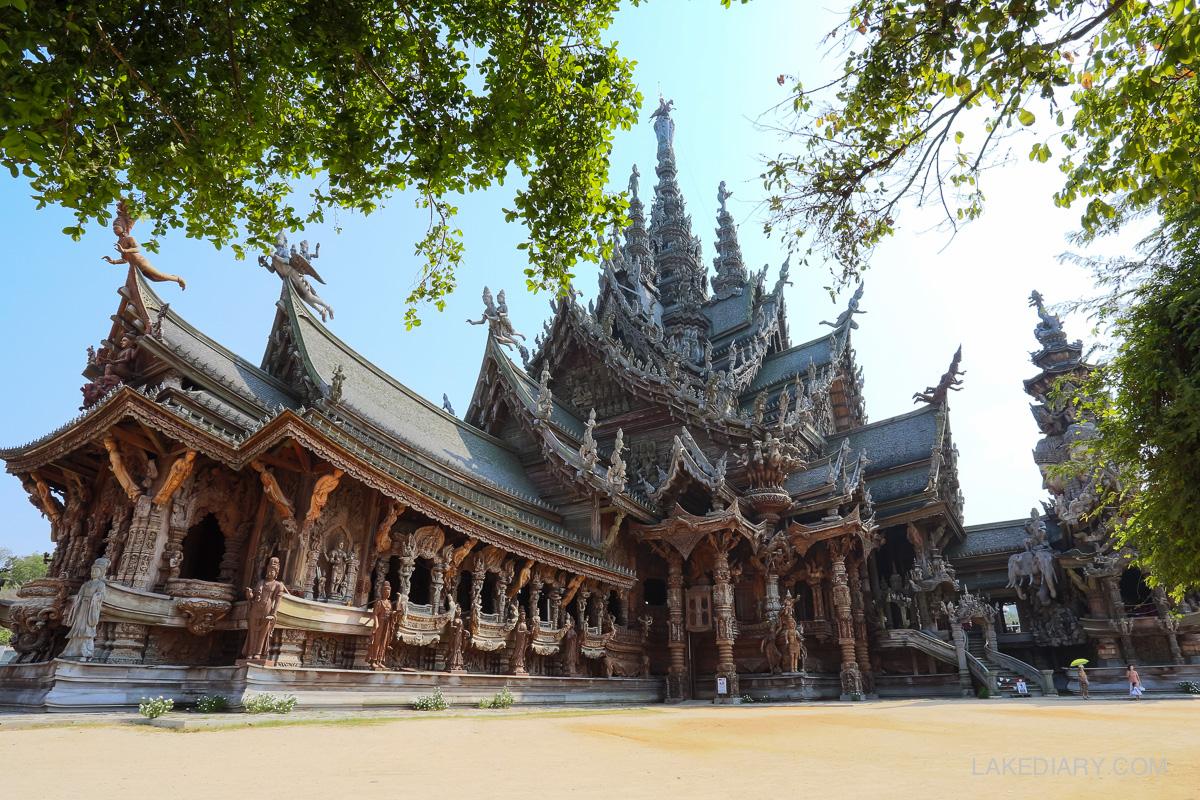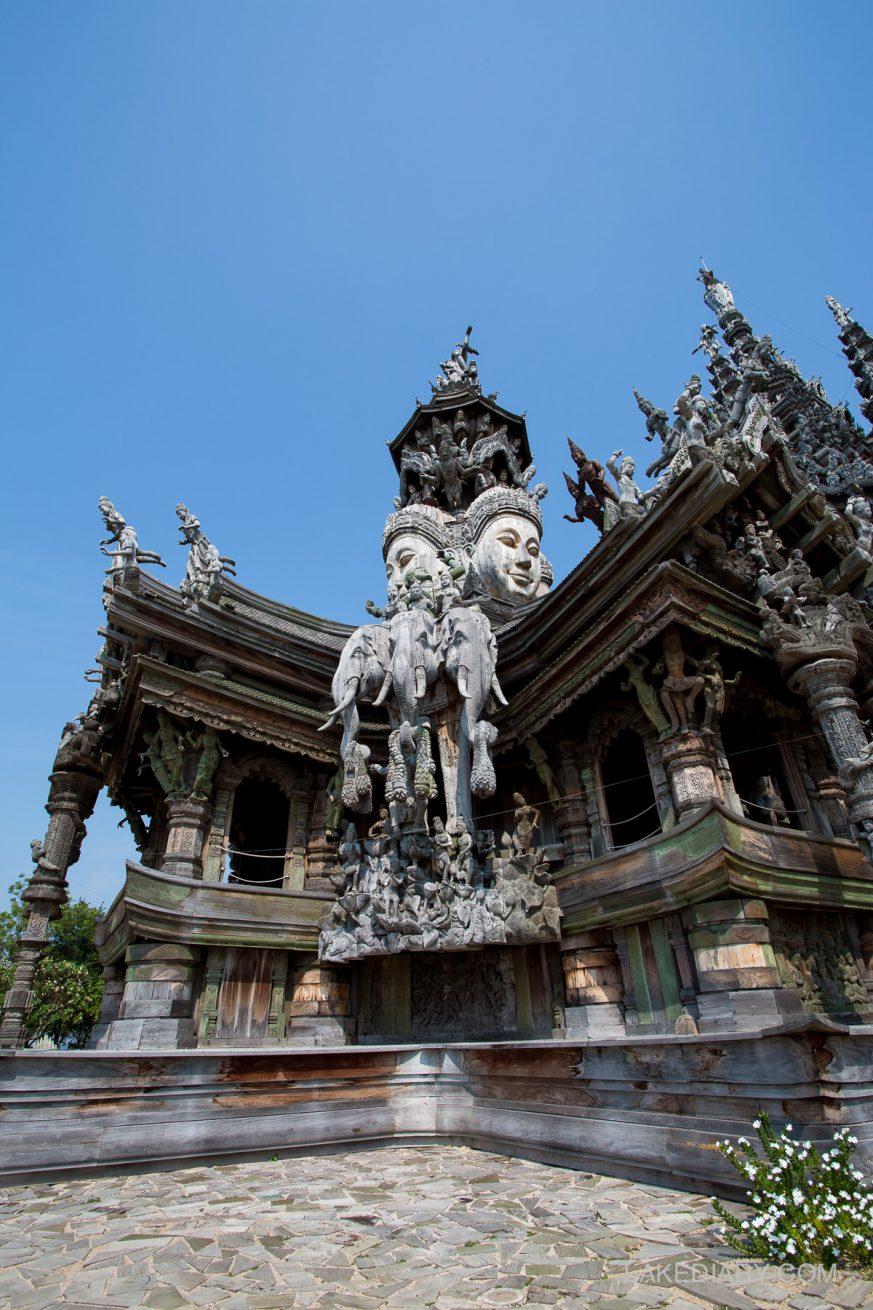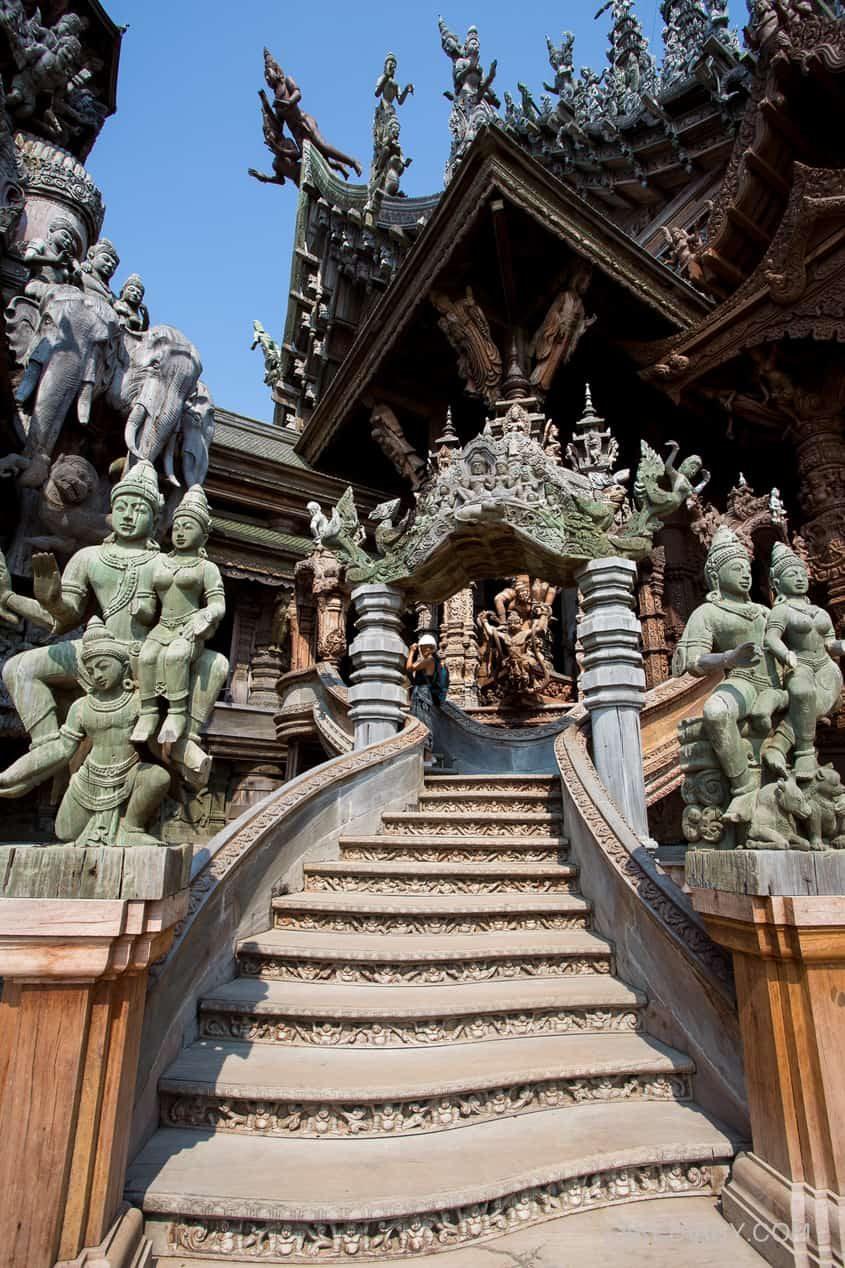It’s not hard to see the appeal of visiting a country as exciting as India. It’s a land full of history, sights, sounds, smells, culture. It is a fascinating corner of the globe, a place that every traveler needs to visit at least once in their lifetime. But while there’s much to love about a trip to India, there’s an old truism that you’ll need to be aware of: people from Western countries frequently get ill there, which can put a (temporary) dampener on your adventuring! However, while it’s impossible to guarantee that you’ll be in tip-top condition throughout the duration of your trip, there are things you can do to make getting ill less likely. We take a look at eleven useful tips of Staying healthy visiting Indian below:
Insurance Coverage
Sometimes, it’s not whether you get ill or not that matters – it’s how fast you respond to it. Even a small disease can become problematic if it’s allowed to develop into something more sinister. Let’s not forget that there are hospitals in India. If you have a problem, then you’ll be able to get treatment. But for some people, the costs involved with treatment can be a barrier. As such, the smart approach is to take the problem out of the equation altogether. If you have travel insurance, then you’ll be able to receive treatment safe in the knowledge that the final cost isn’t coming out of your bank account. In some places insurance can feel like an unnecessary expense – not so in India.
Get Your Vaccinations
If you’re going to India for the first time, make sure you’re getting all the essential vaccinations! You’ll need to think ahead a little bit so that you have time to book yourself in for an appointment (no last minute trips!) to get all the vaccinations that you need. And what do they include? You’ll want to get hepatitis A, typhoid, and possibly rabies, if you’re planning on going through the mountains. None of these are legally required, but are strongly encouraged. If you’re intent on staying healthy, then it’s not worth it take risks.
Bottled Water
Drink bottled water – that’s all we can say. The tap water is not going to be OK for you if you’re coming from the west. Your stomach is not going to be accustomed to it. In some areas, such as areas heavily frequented by tourists, you might be advised to only buy sparkling water. This is because some sellers refill empty bottles with water from the tap, and then “reseal” them. If you buy a bottle of sparkling water and it doesn’t fizz when you open it, then you’ll know that you’re not buying the real thing. Also, never accept ice cubes if you can’t be certain that they’re not from the tap, as they nearly always will be.
Where You’re Eating
One of the main draws of visiting India is trying out all that delicious food! And take it from us, you’ll want to go with an appetite. But remember that sometimes your eyes and stomach can overrule your head when it comes to the foods you should eat and which should be left to one side. The street food might look delicious, but it might not have been made in the most sanitary conditions. Actually, that’s putting it too mildly – there was probably no cleanliness conditions whatsoever. It’s a good rule of thumb to only eat in restaurants that are busy – if everyone else goes there, then it must be for a reason.
Lining the Stomach
It might be beneficial in the run-up to your trip to start taking some gut boosting probiotics. This will help fill your stomach with the good bacteria which helps keep everything running as it should. They can be very effective if they’re taken regularly. Actually, it’s usually a good practice just to take them anyway.
What’s in the Bag?
You can stave off a lot of the problems you could encounter when in India just be packing smart. You’re probably already aware that the biggest complaint people have while there are issues to do with their stomach. If this happens, then you can suffer through the ordeal, or take a Gastrostop capsule, and help to relieve the symptoms. Most people find themselves in the unfortunate situation of having a problem with their stomach only to then think “I should have visited a pharmacy”; by having something in your bag already, then you’ll be ready to tackle the issue head-on should it present itself.
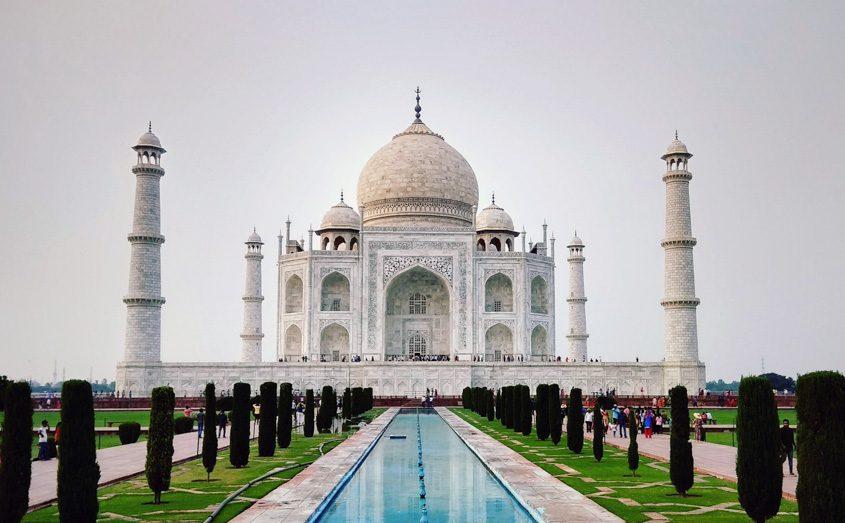
Opt for Vegetarian
The vast majority of the world’s vegetarians live in India, and that means that it’s probably the best place on the planet to have a meat-free diet. Now, you don’t have to just opt for the meatless option on the menu for ethical or environmental reasons: it’ll better for your health too. That’s because refrigeration isn’t always of the best quality in India, and is, in fact, non-existent all together in some areas, which makes it more likely that the meat is contaminated. But take our word for it – you won’t miss the meat in your dish when you’ve tasted some of the delicious meals that are available.
Wash Your Hands
The most simple tips are usually the most effective, and so it is with washing your hands. You’re going to come in contact with a lot of germs while you’re traveling, but they’re not going to automatically get you sick – but if they have time to linger around, then they will. So wash your hands well, with soap. If you’ve grown up in a Western country, it’s worthwhile researching how to wash your hands properly, as ridiculous as it sounds – a splash of water and a bit of soap on the tips of your fingers won’t cut it, we’re afraid!
Don’t Forget the Sun
It’s easy, when you’re so focused on the diseases that might be hanging all around you, to forget that, well, India is a pretty hot country too. And if you’re not used to spending too much time in the sunshine, then this could pose some big problems for you. When you’re out and about, always wear lotion to protect you from the sun’s harmful rays, drink plenty of (bottled) water, and stay in the shade during the hottest parts of the day. It would be silly to spend so much time thinking about upsetting your stomach only to get taken down by the sun!
Rest Well
You’ll have a lot of things that you want to see and do when you’re in India, but it’s important that you get enough rest – for the simple reason that a well-rested person is much better able to withstand threats to their health. It’s highly advisable that you invest in a good pair of earplugs, because as you’ll soon come to understand, the noise in India can be quite intense.
Don’t Lose Your Mind
While it’s important to take precautions to stay healthy when you’re traveling to India, keeping your health in check shouldn’t become an obsession. Some people get sick when they’re there; others don’t. If you’re looking at the country through the lens of “how might this place harm me” then you’ve gone too far. The best approach is to just do what you can, and then put it to the back of your mind. India is a fascinating country that offers a lot to its visitors: go out there and explore all of its delights!

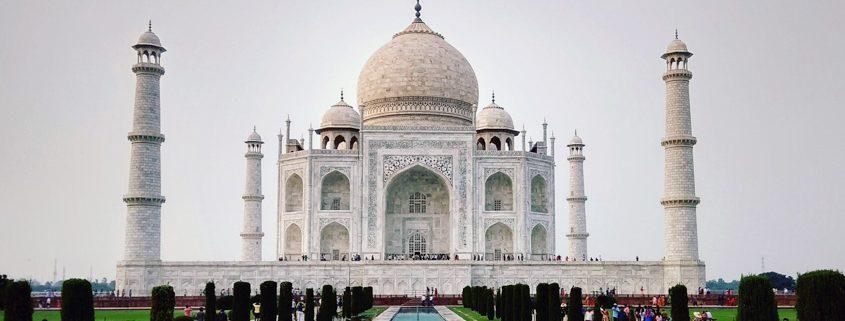

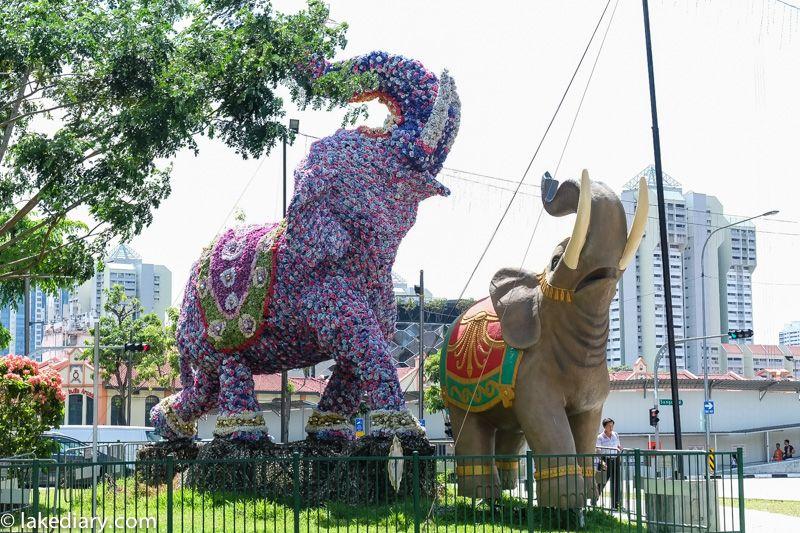




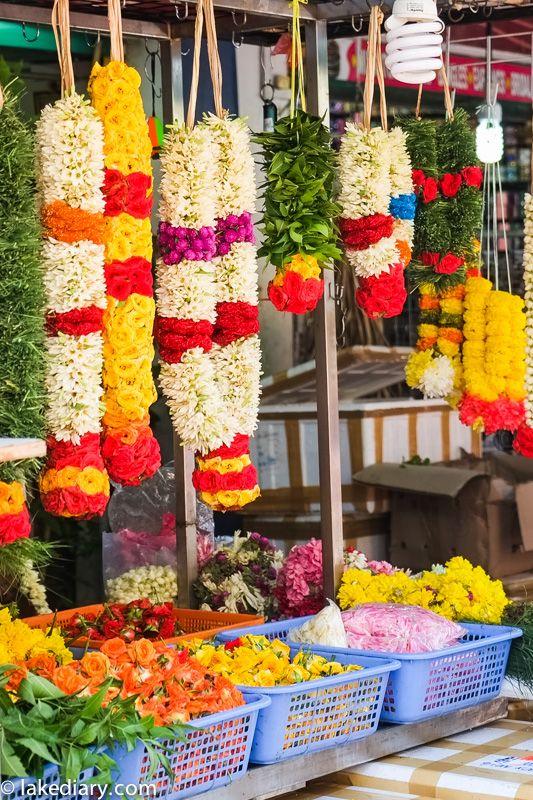

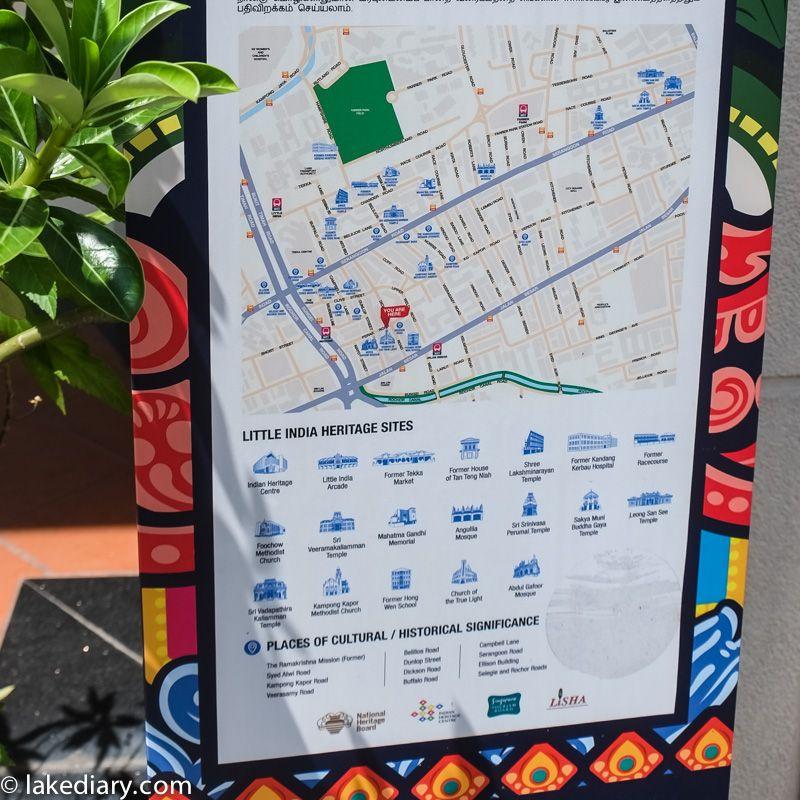
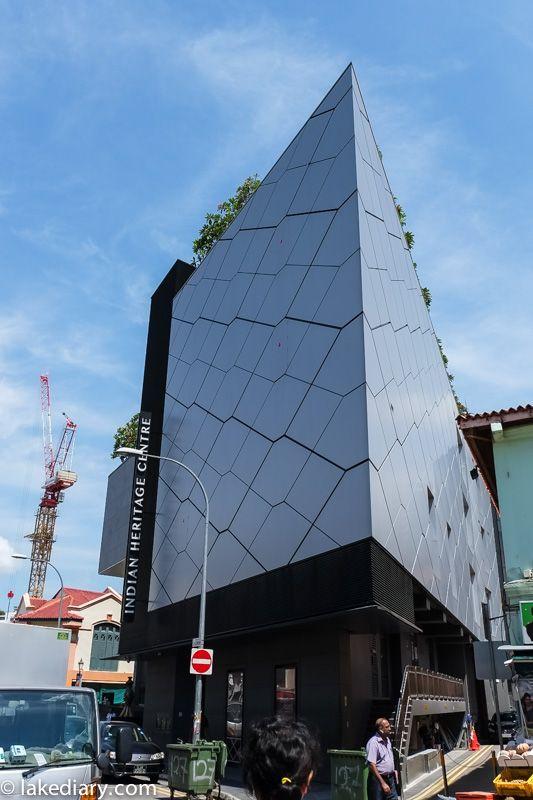
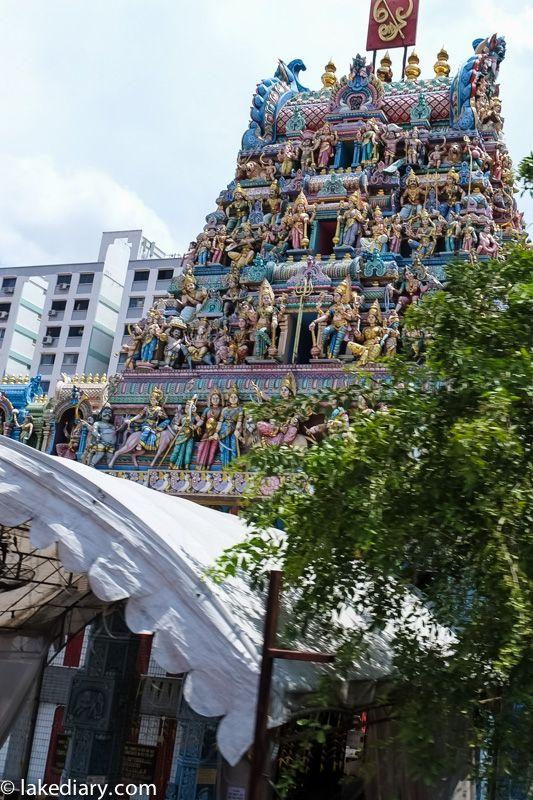
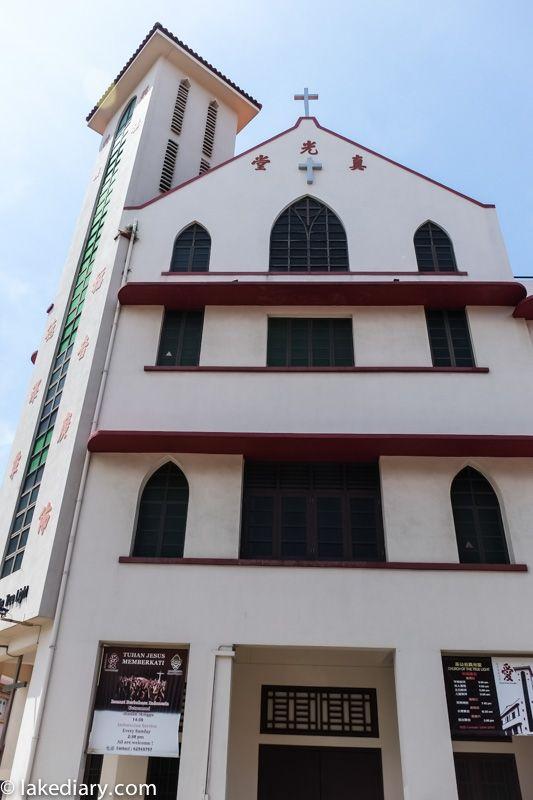
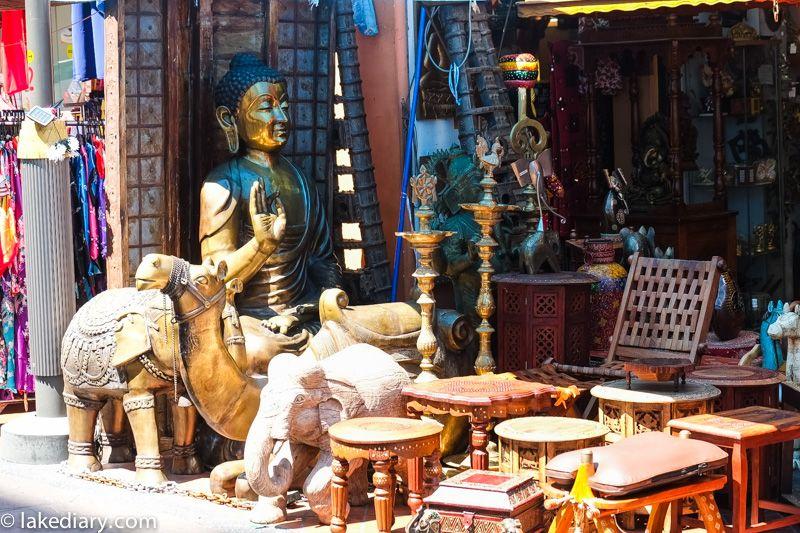

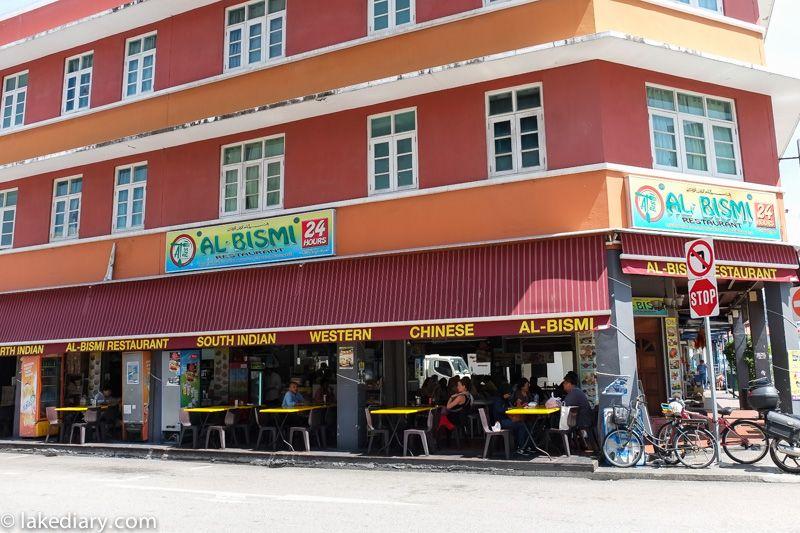
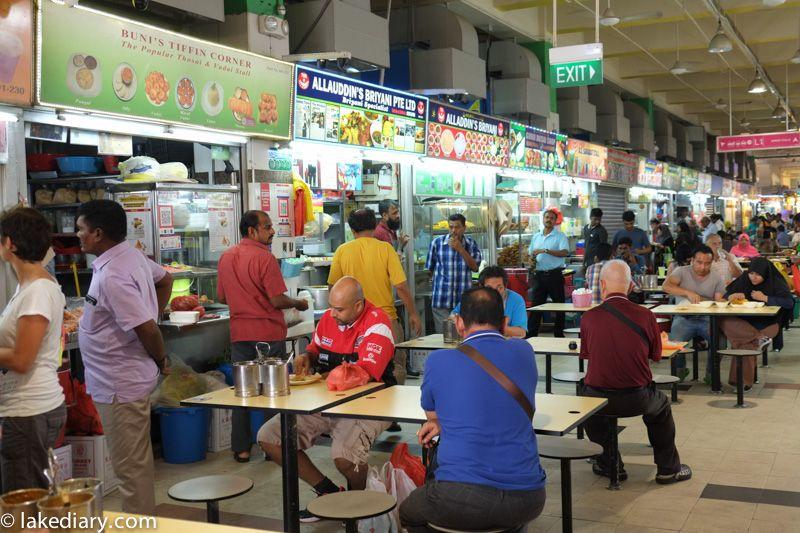
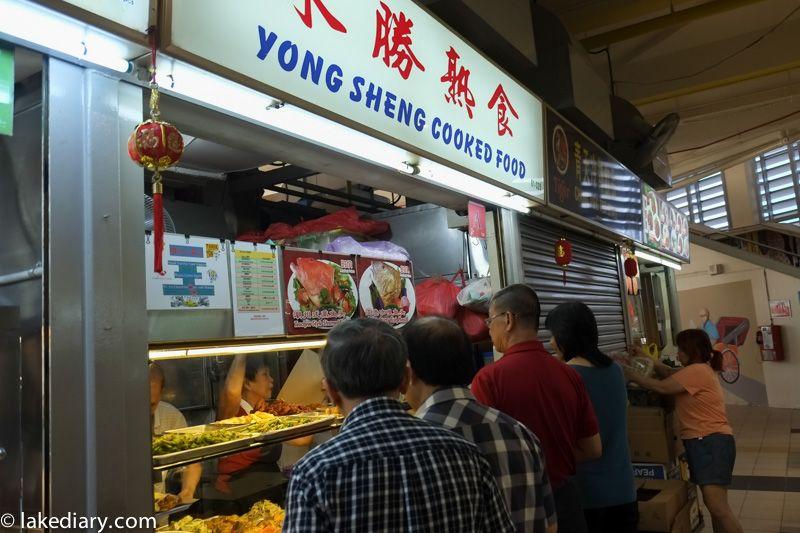 Eventually I joined the queue of Ming Fa because among all food stalls, this stall seemed to be the most popular at the time and I always love a big bowl of hot noodle soup. There are different types of noodles available showing in the cute tubs pictured below.
Eventually I joined the queue of Ming Fa because among all food stalls, this stall seemed to be the most popular at the time and I always love a big bowl of hot noodle soup. There are different types of noodles available showing in the cute tubs pictured below.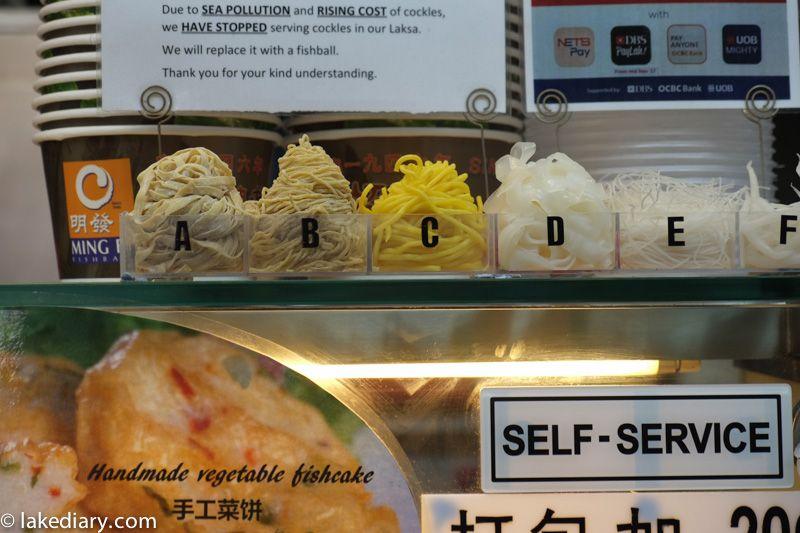
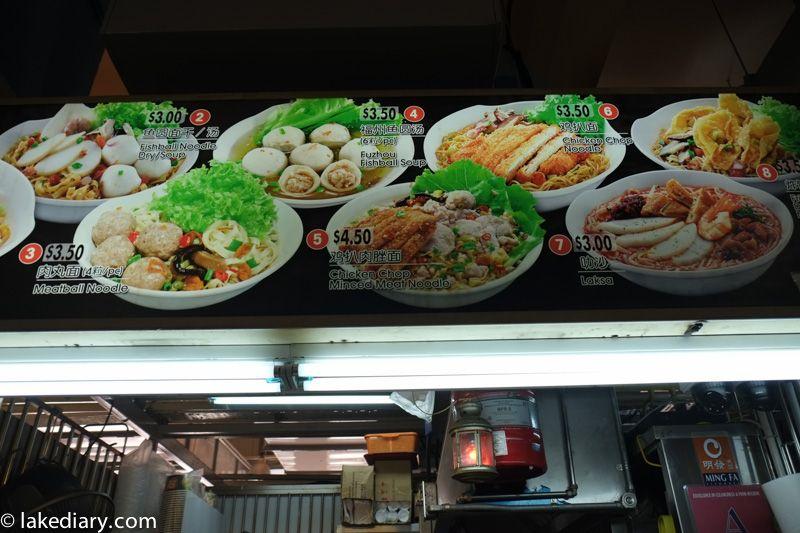
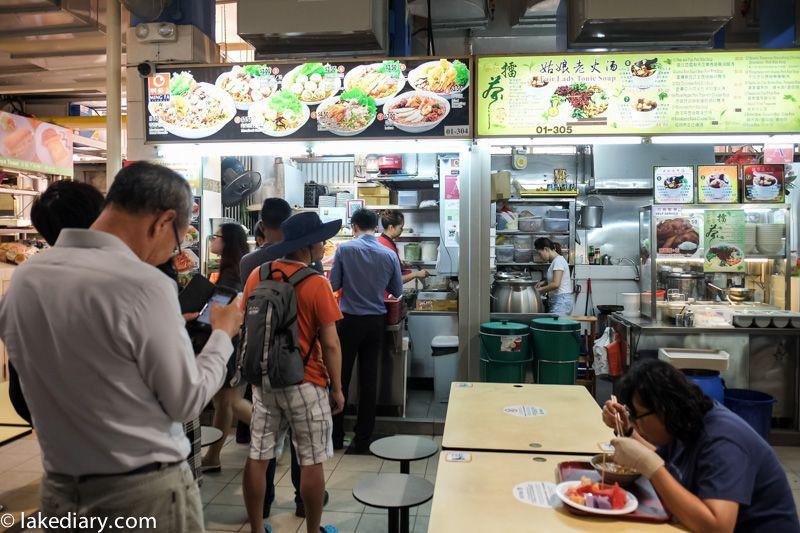
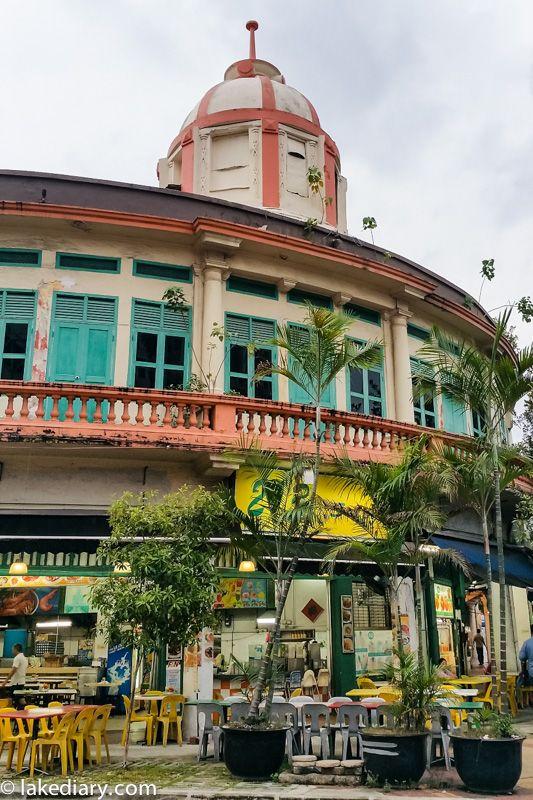
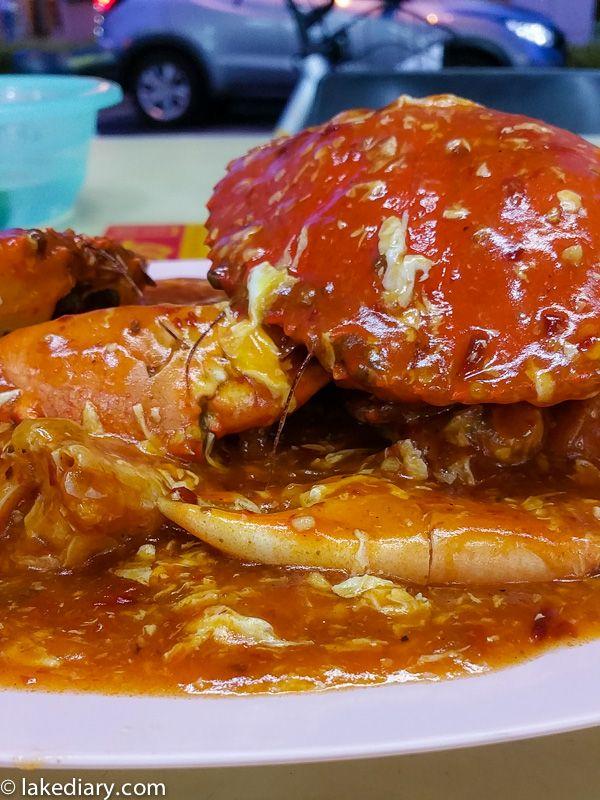
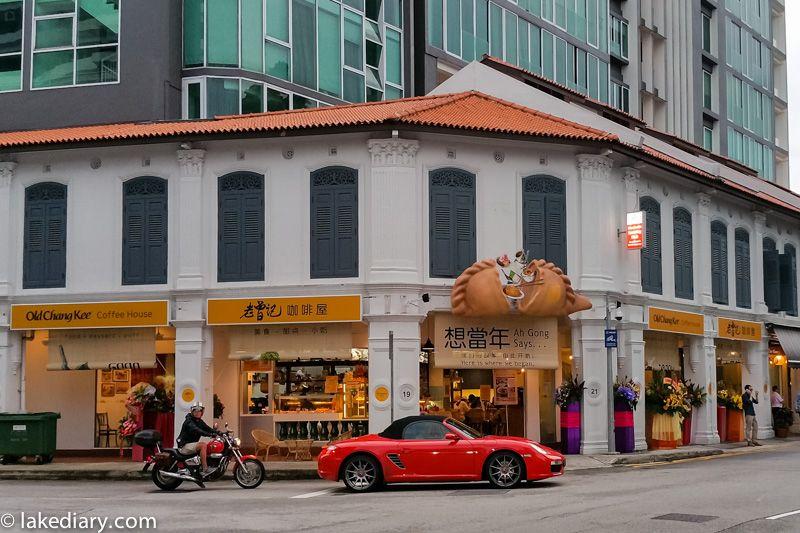



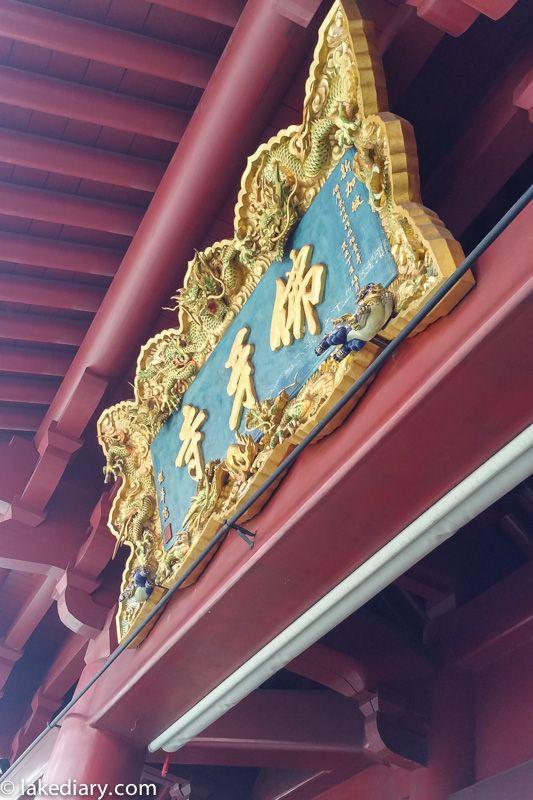
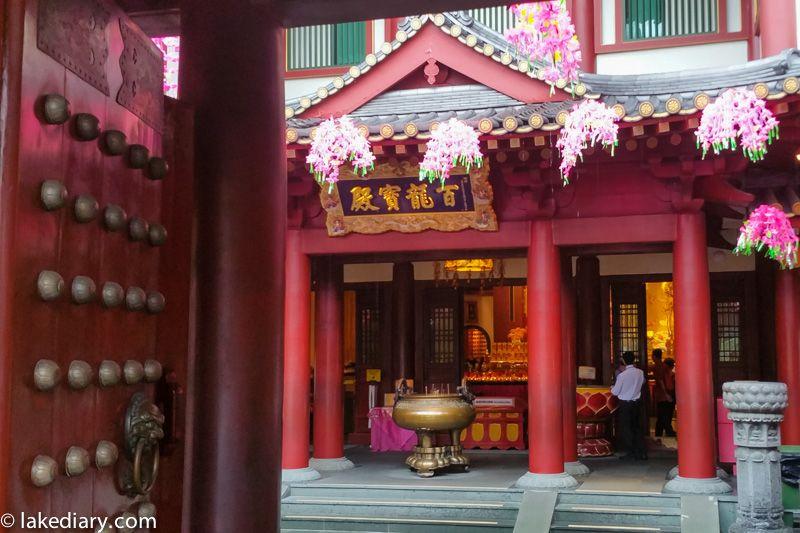

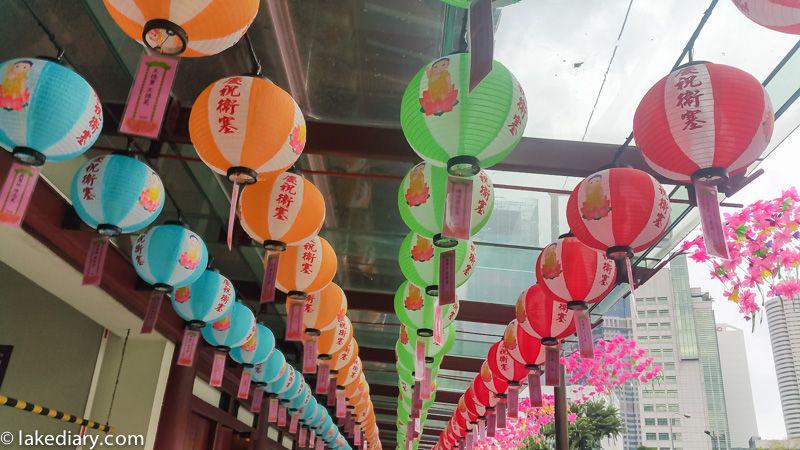

 Speaking of temples, there’s another beautiful temple that is right on top of the list . Sri Mariamman Temple
Speaking of temples, there’s another beautiful temple that is right on top of the list . Sri Mariamman Temple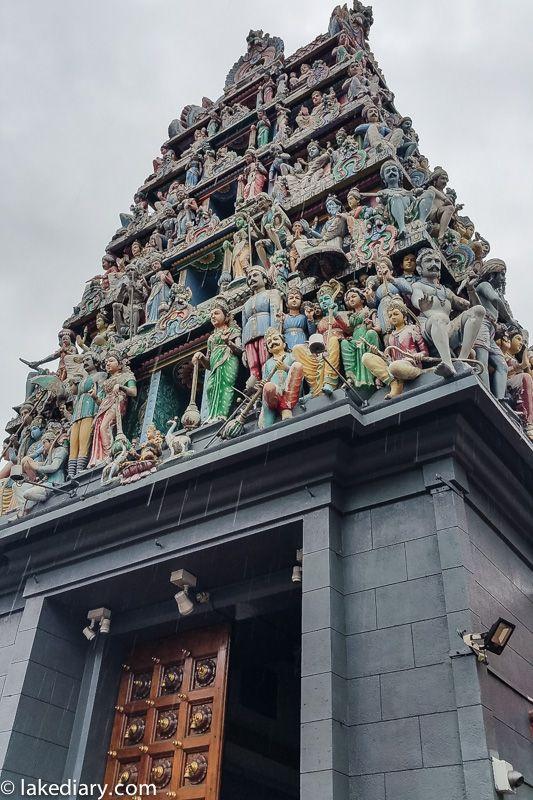
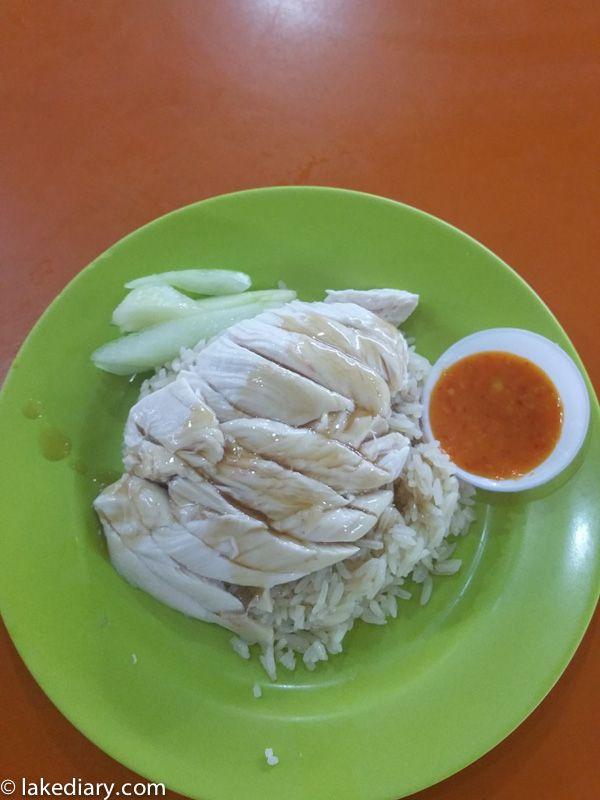
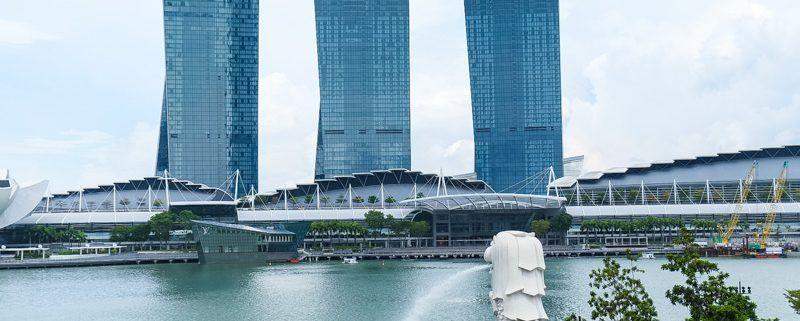



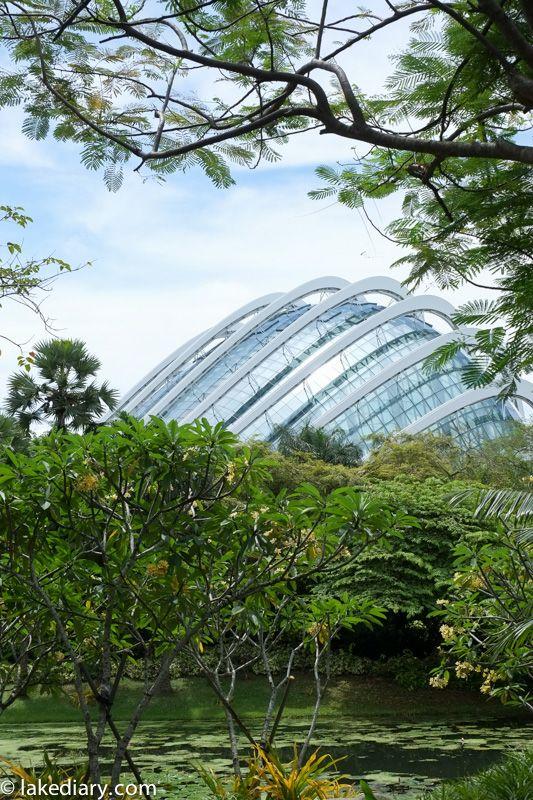
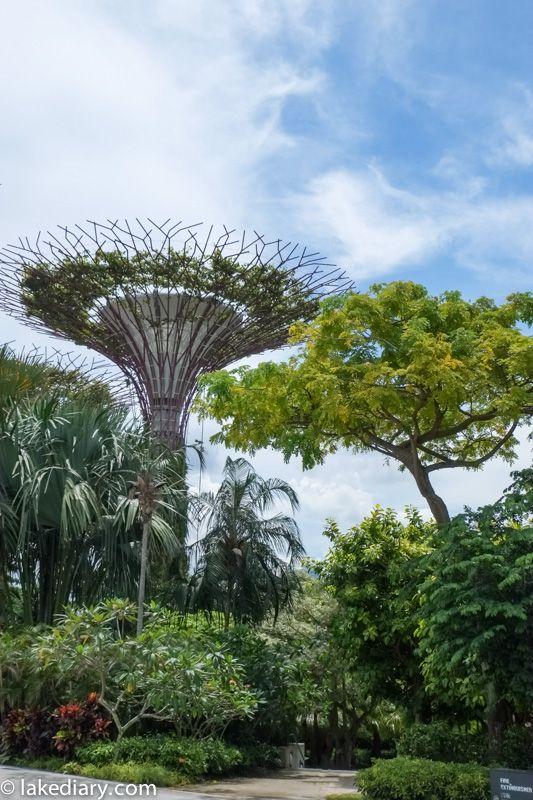
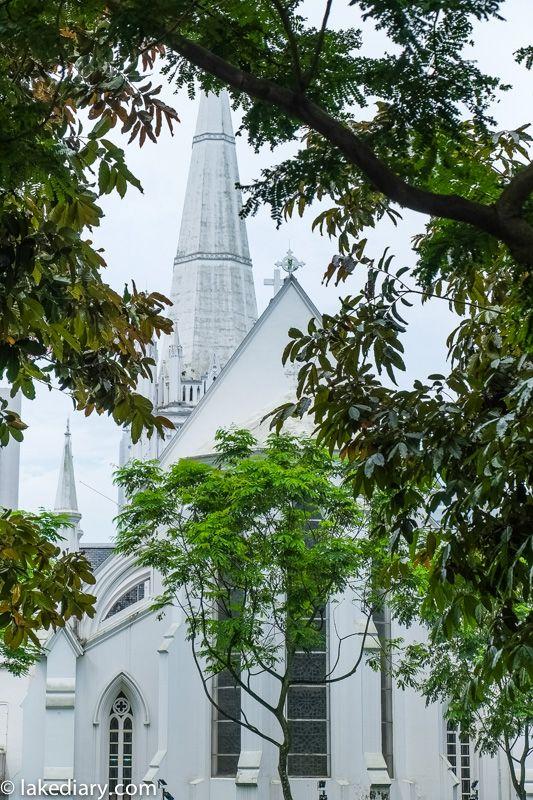


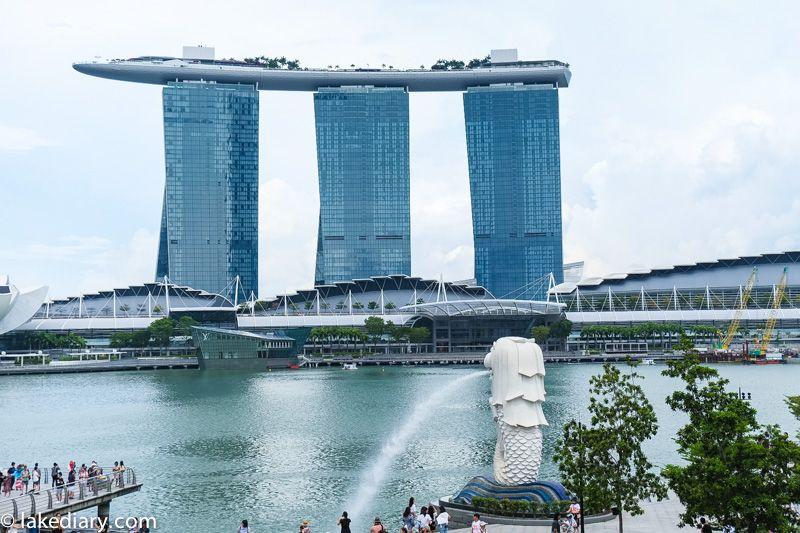








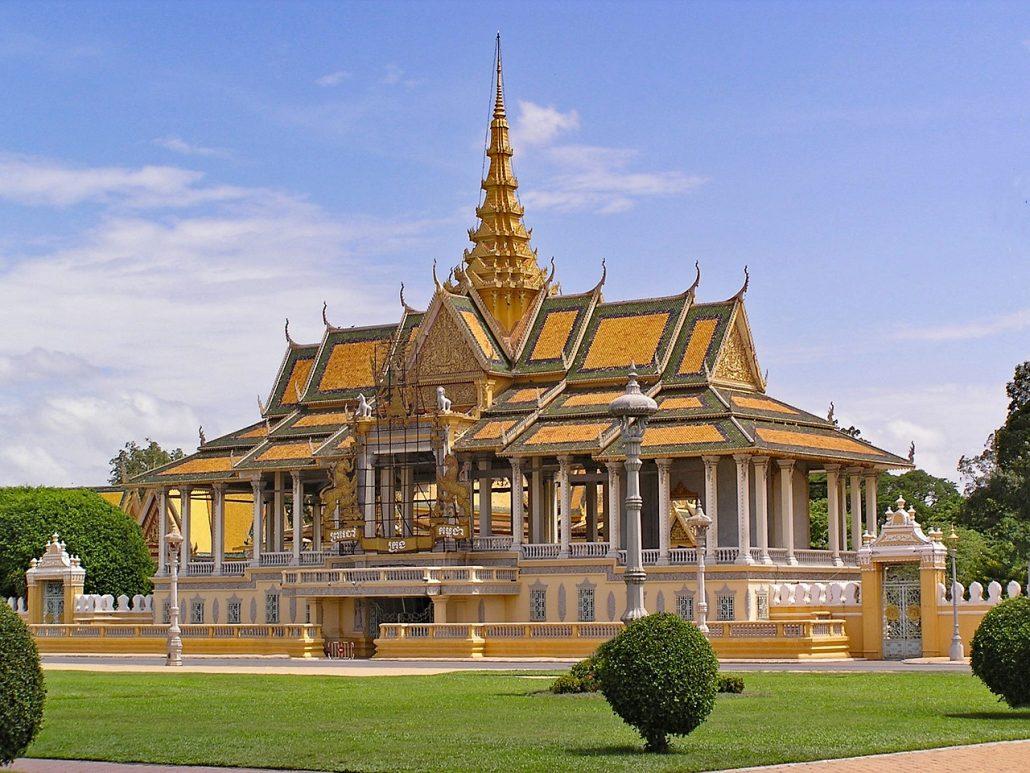


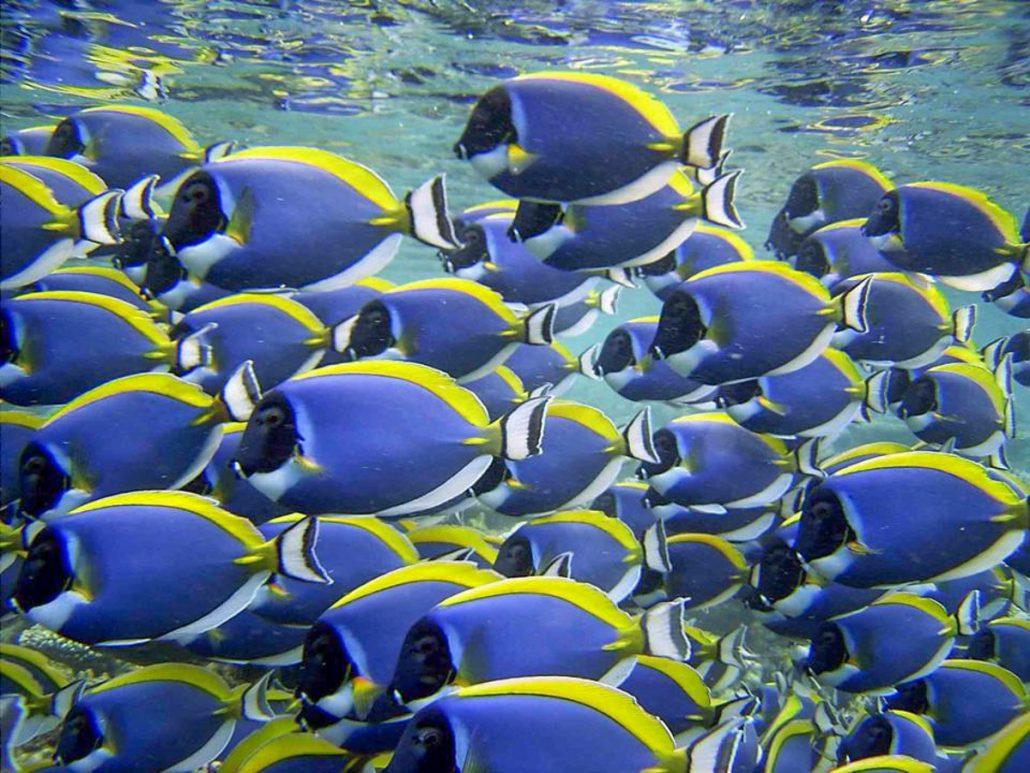 A little more about the Maldives
A little more about the Maldives

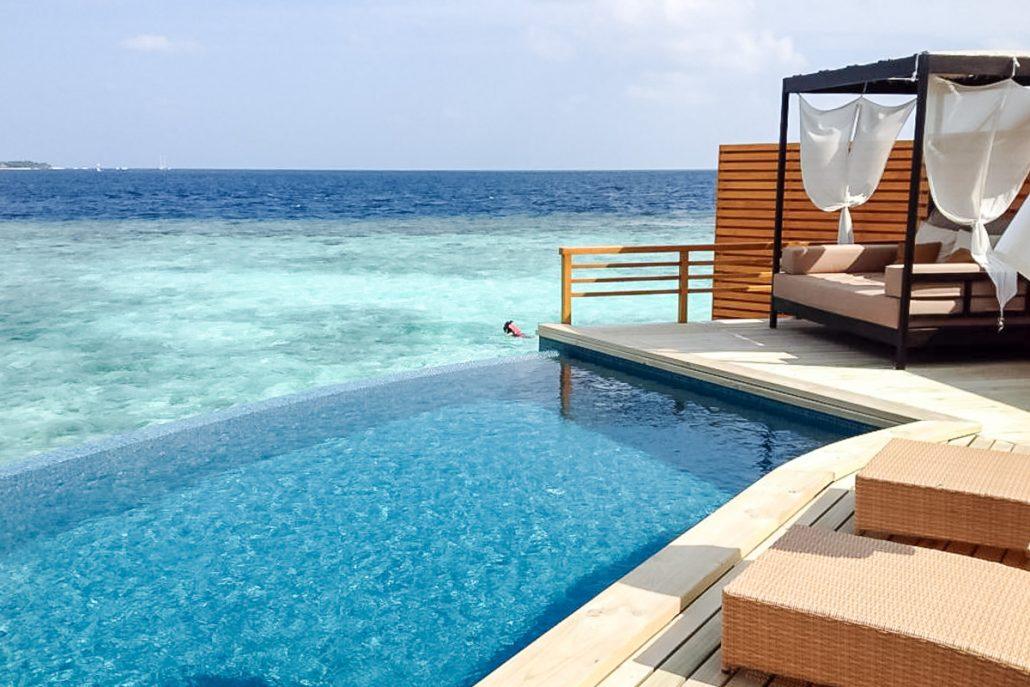
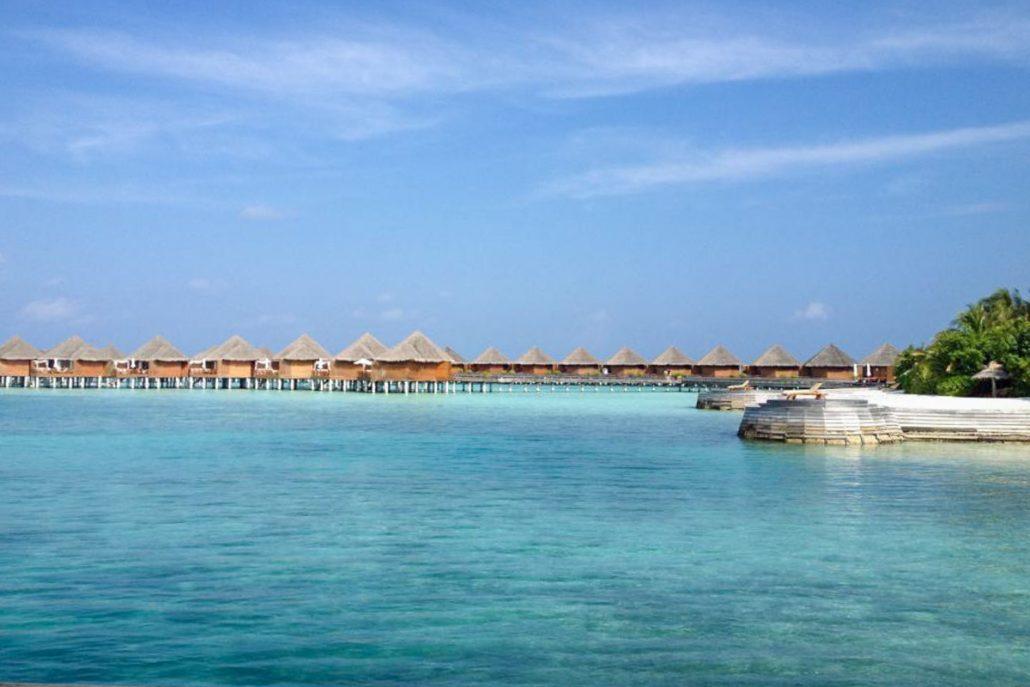

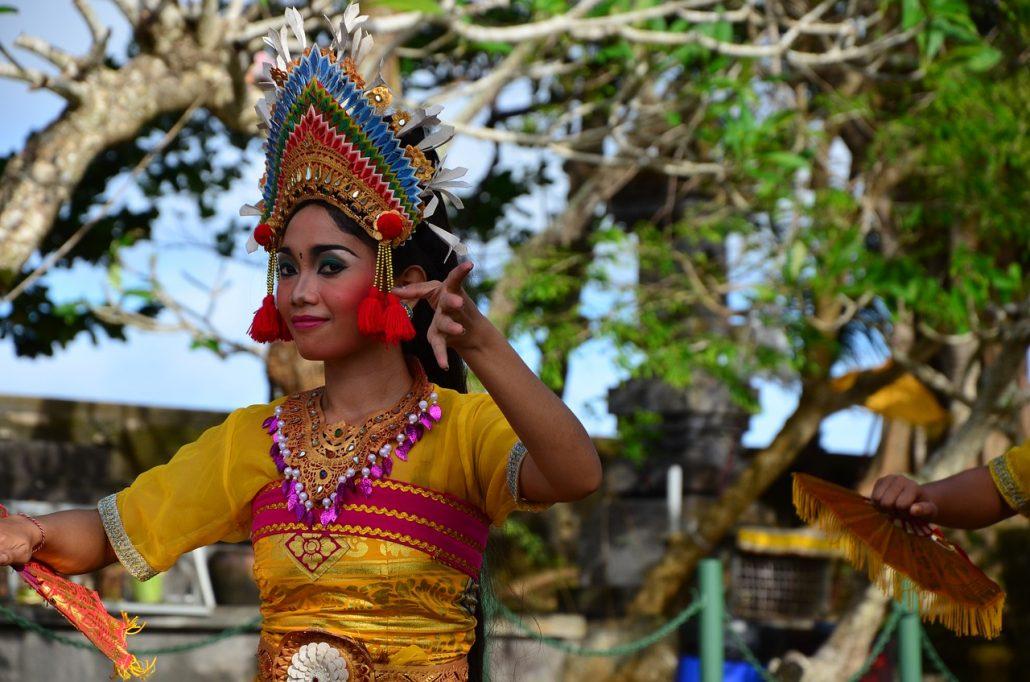






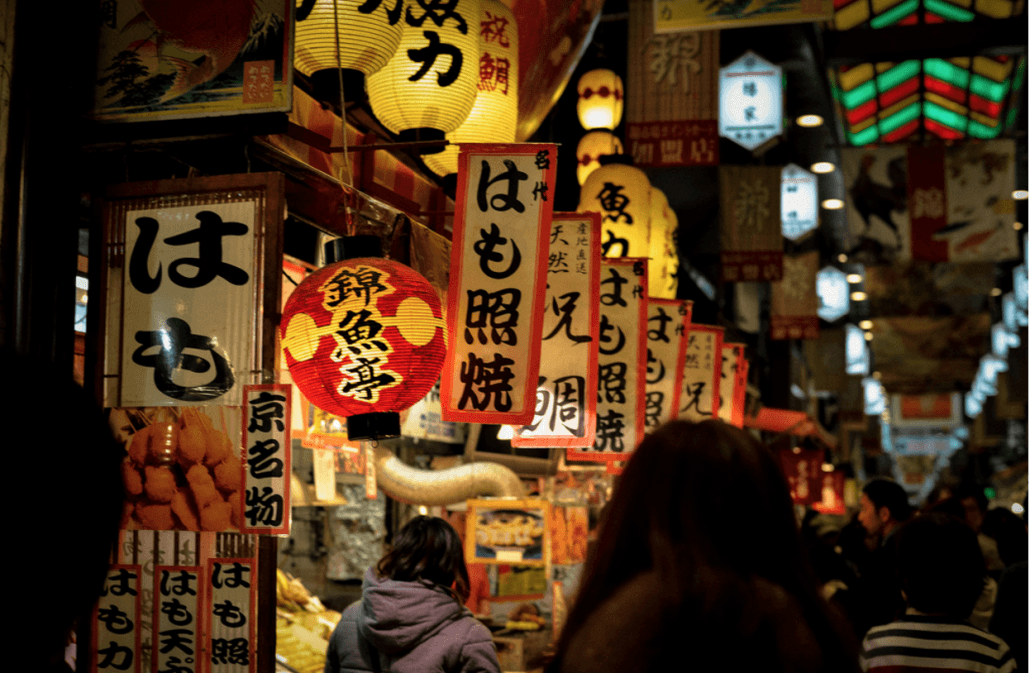 Image source
Image source Image source
Image source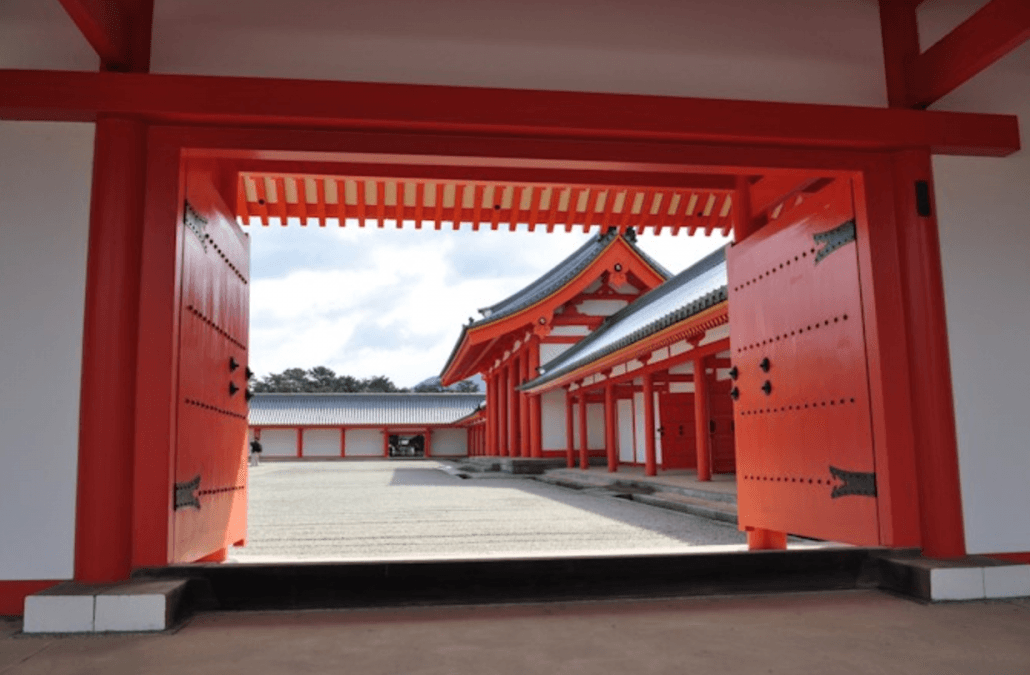
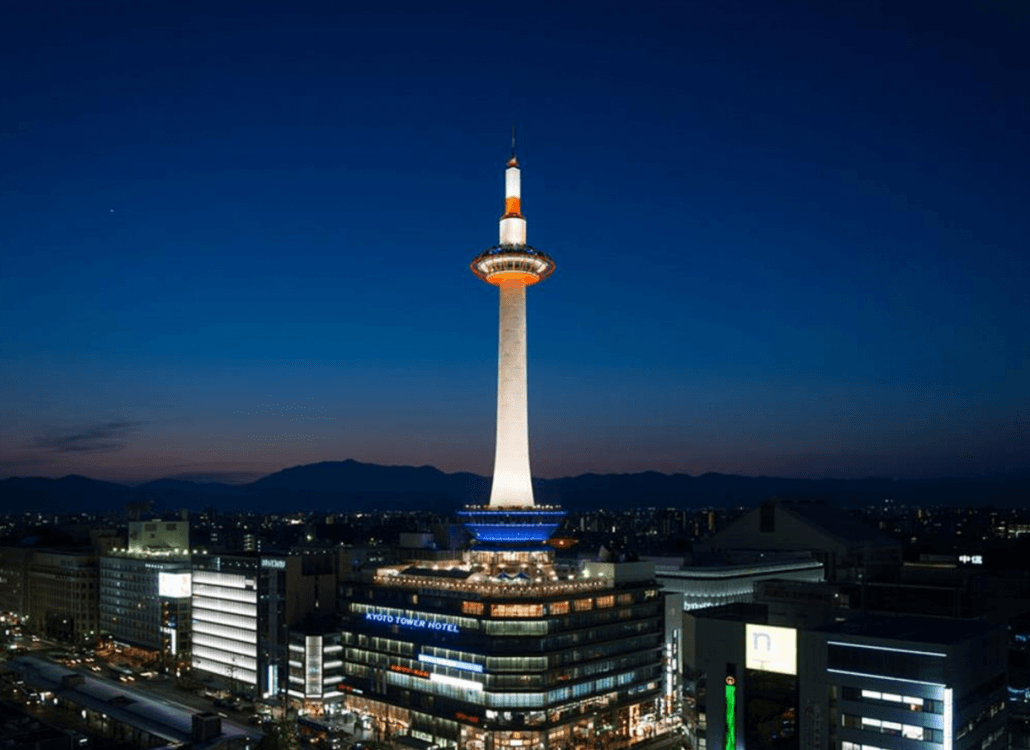 Image source
Image source
 One of the highlights of my Thailand trip this year was visiting Ayutthaya, a World Heritage City and historic capital of Thailand.
One of the highlights of my Thailand trip this year was visiting Ayutthaya, a World Heritage City and historic capital of Thailand.
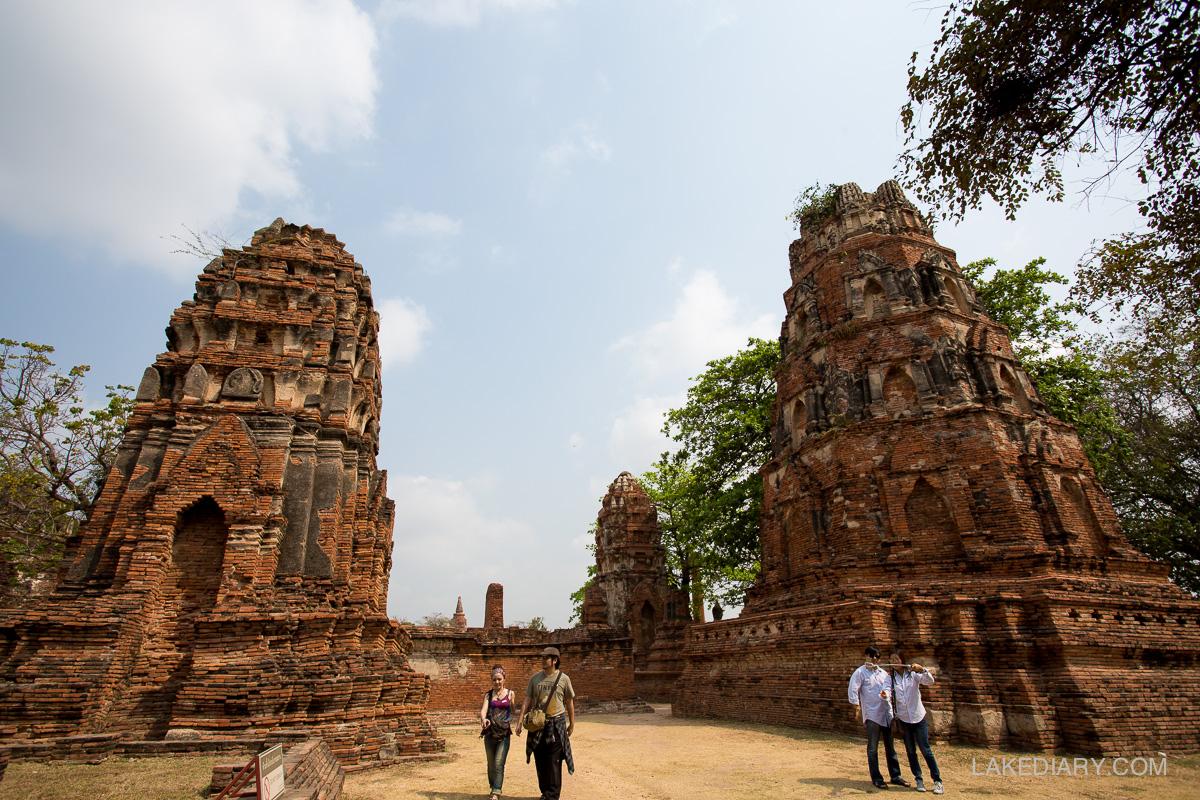

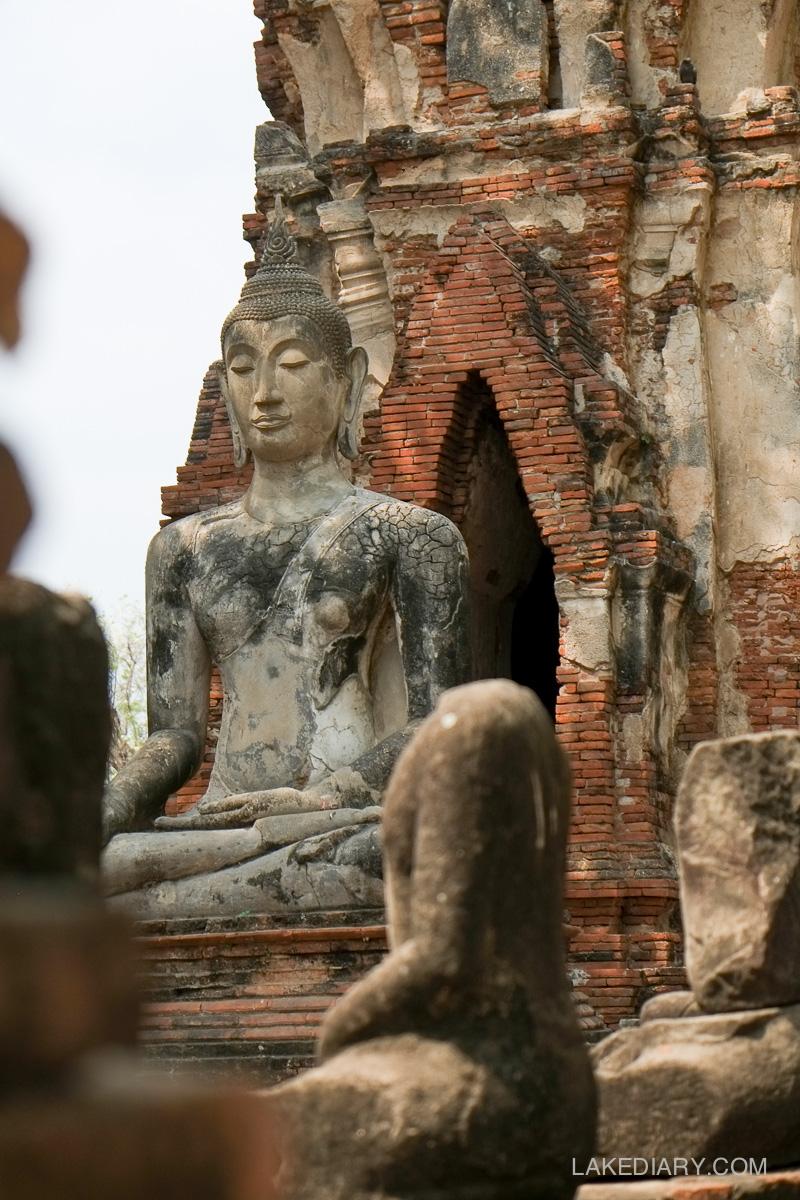
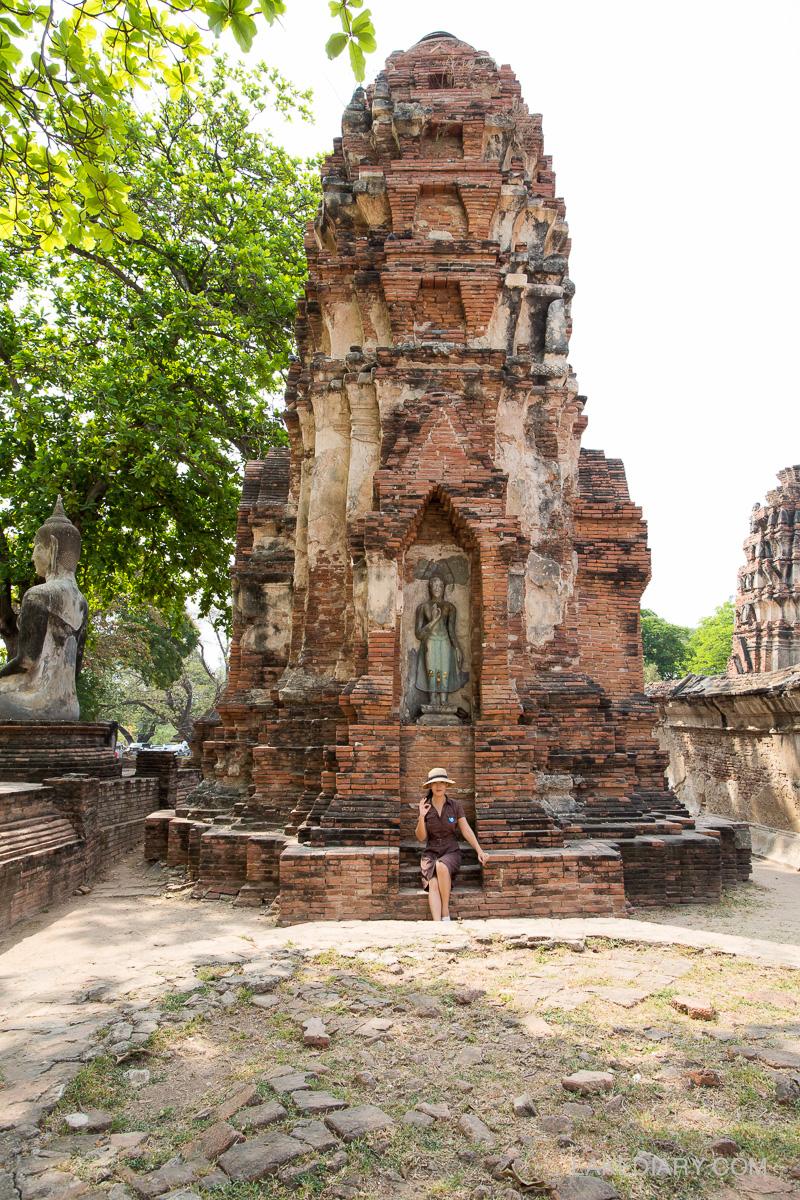
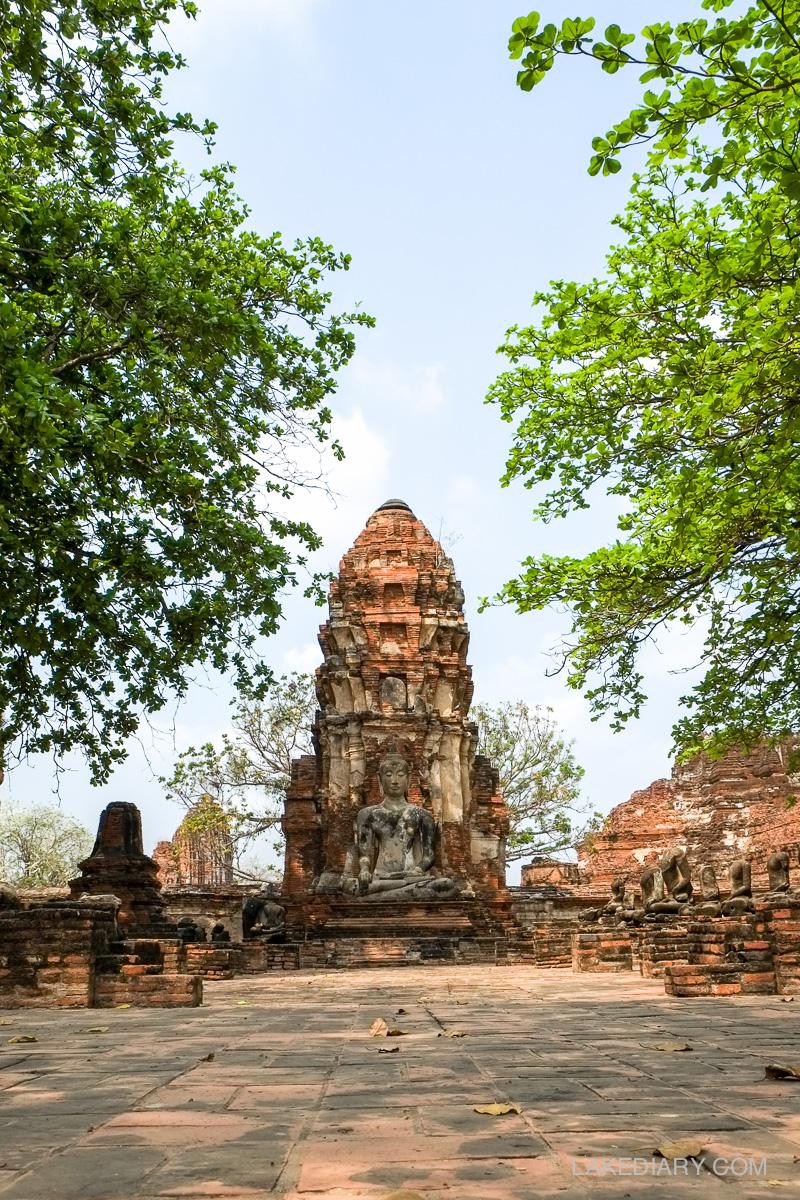

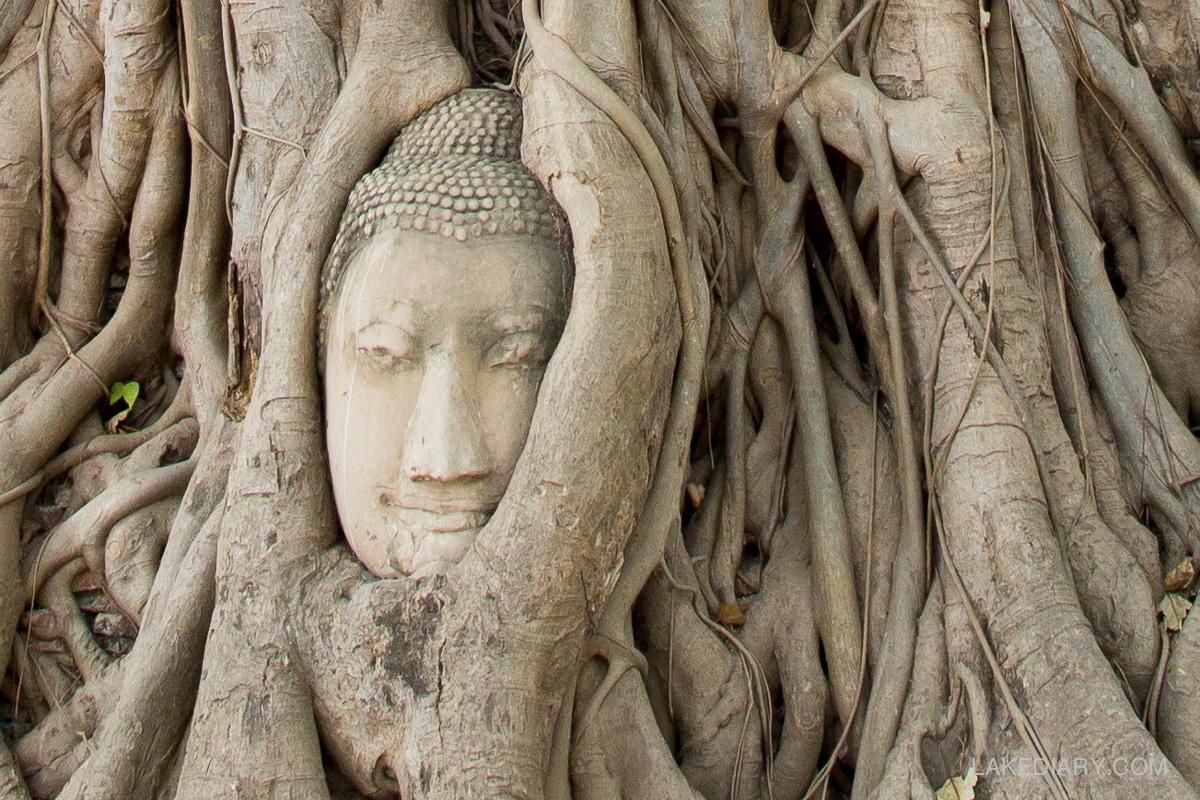

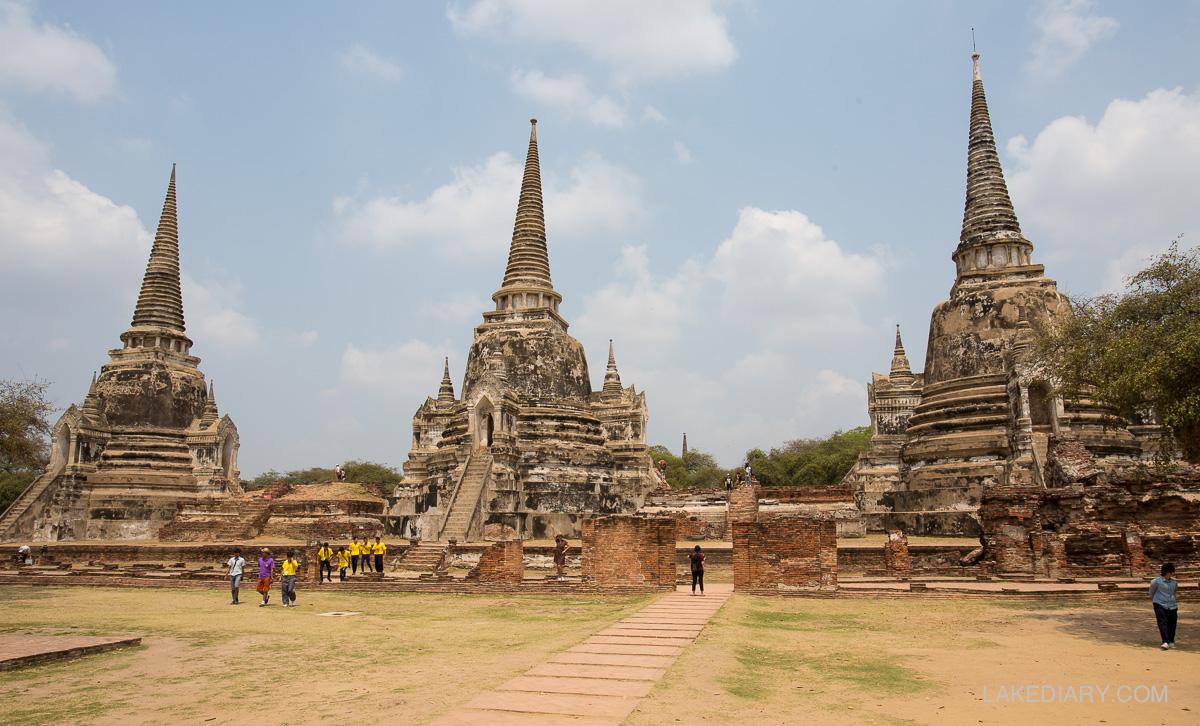



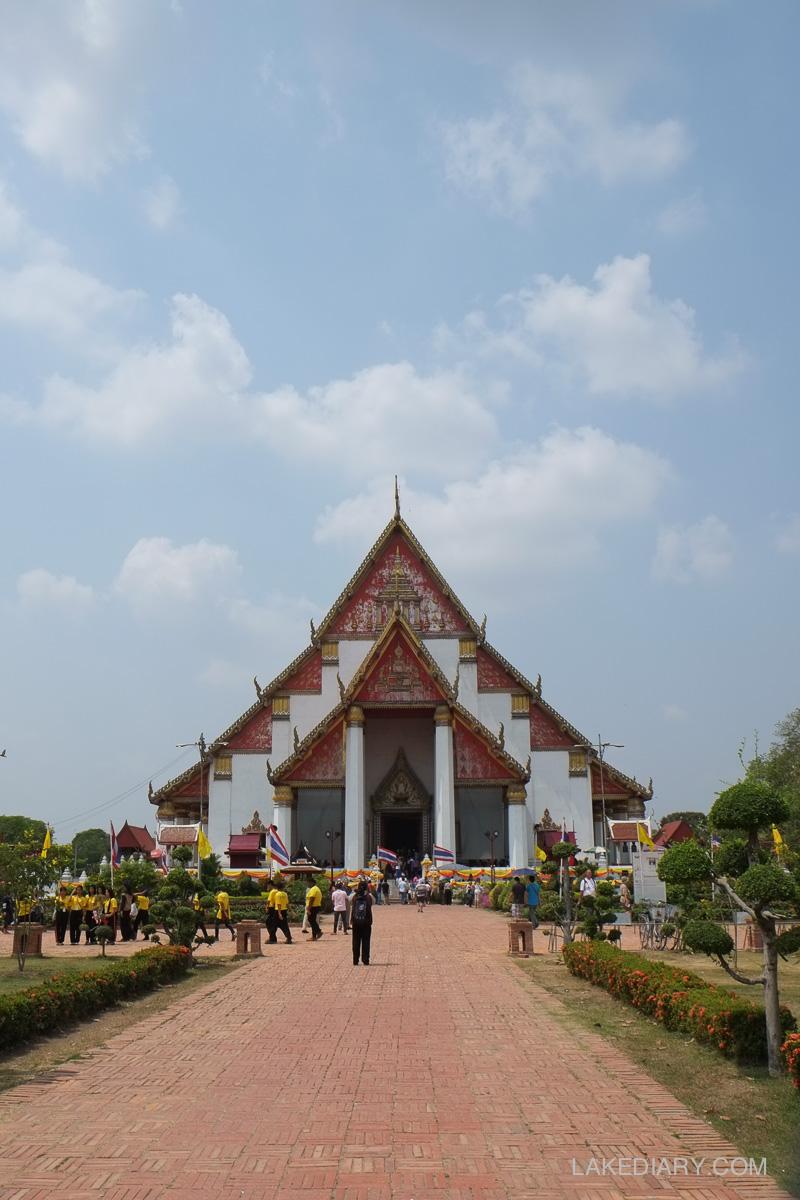
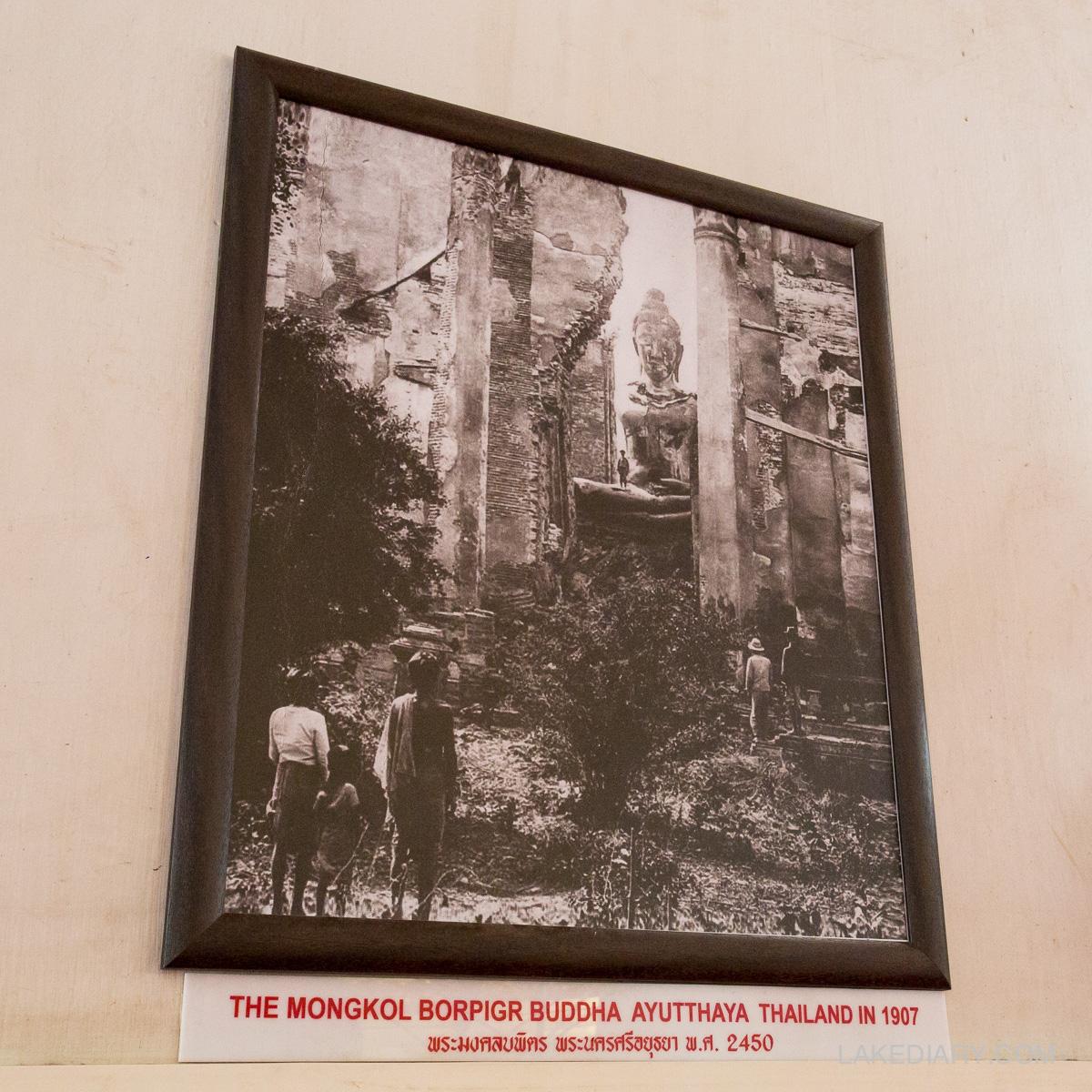
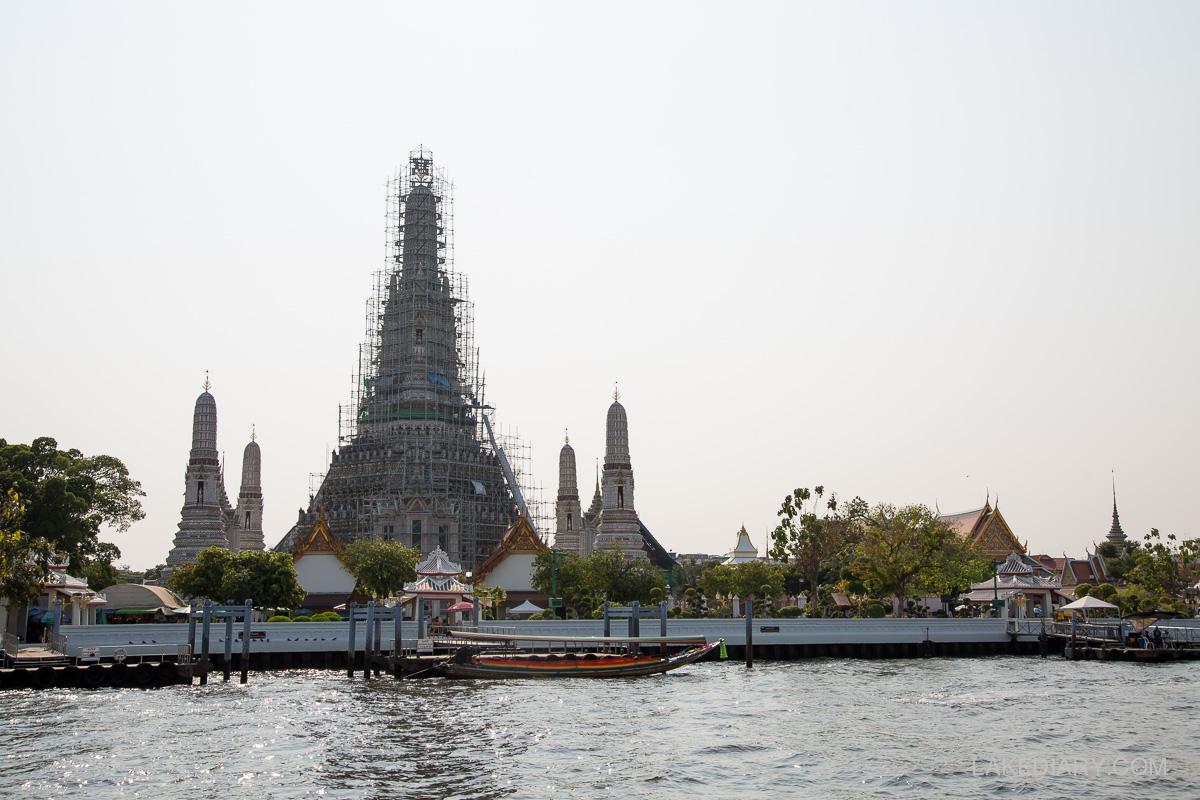


 You can’t miss the Walking Street if you are in Pattaya. If you want a Turkish ice cream? Try your luck with this man. It was so funning watching all his tricks in delivering the ice cream to his customers. He is so good and I think you can even find him on Youtube.
You can’t miss the Walking Street if you are in Pattaya. If you want a Turkish ice cream? Try your luck with this man. It was so funning watching all his tricks in delivering the ice cream to his customers. He is so good and I think you can even find him on Youtube.
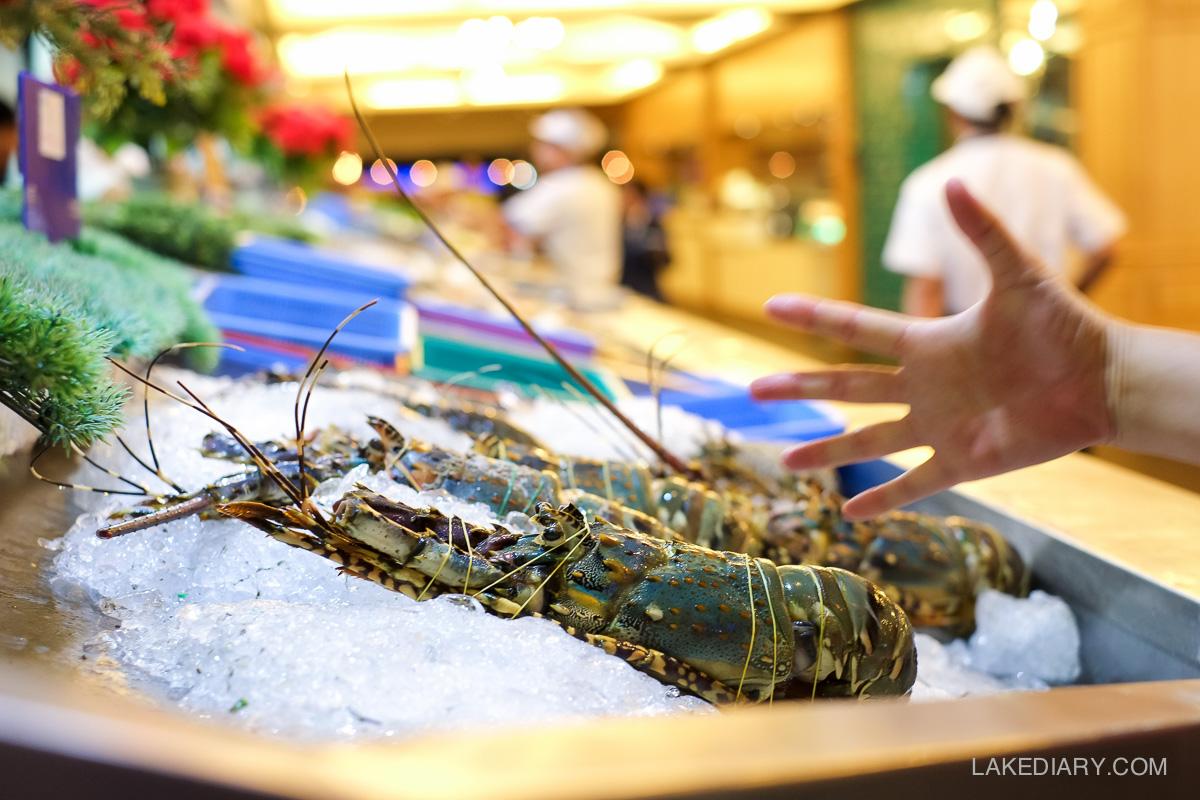
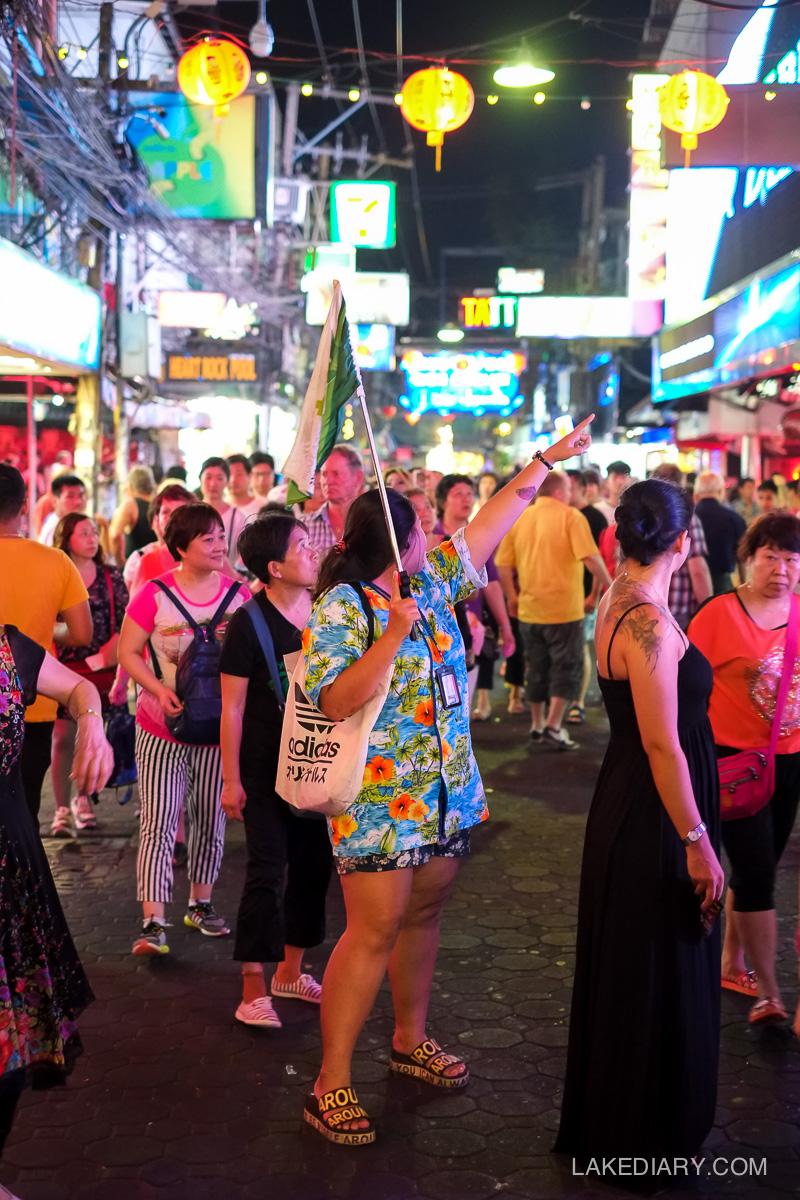
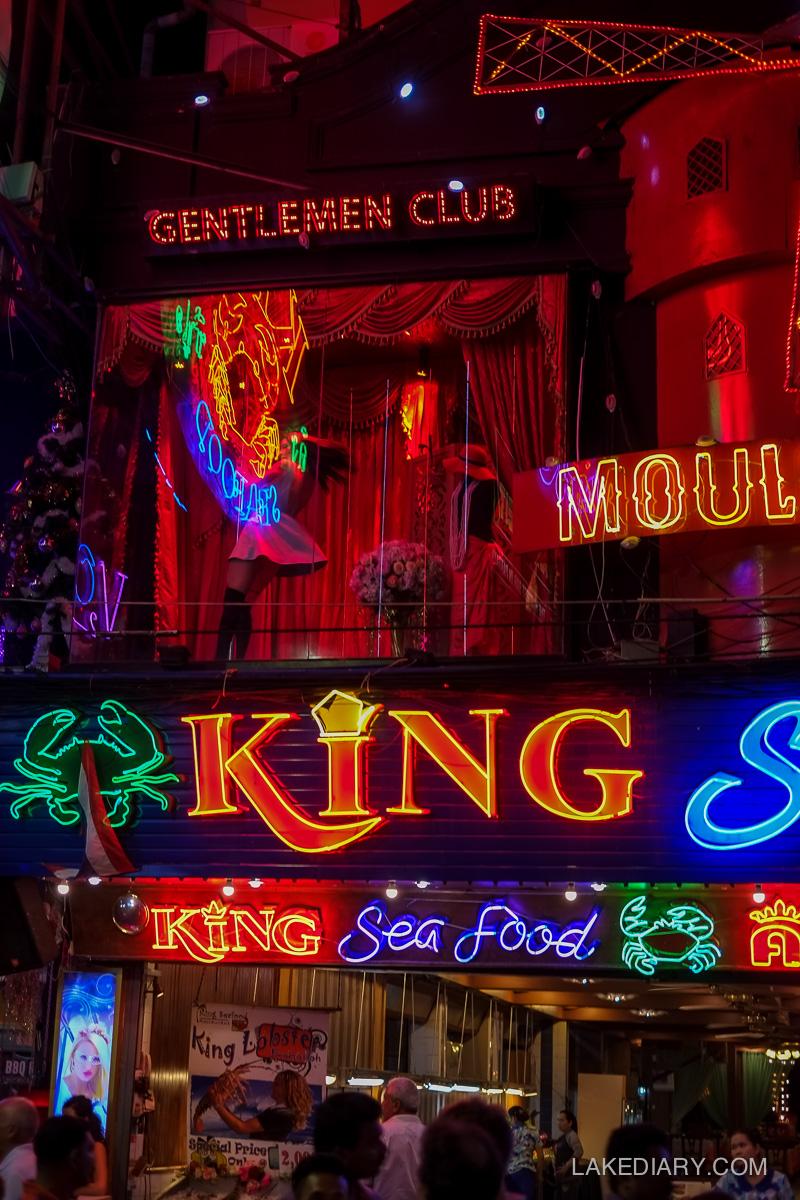
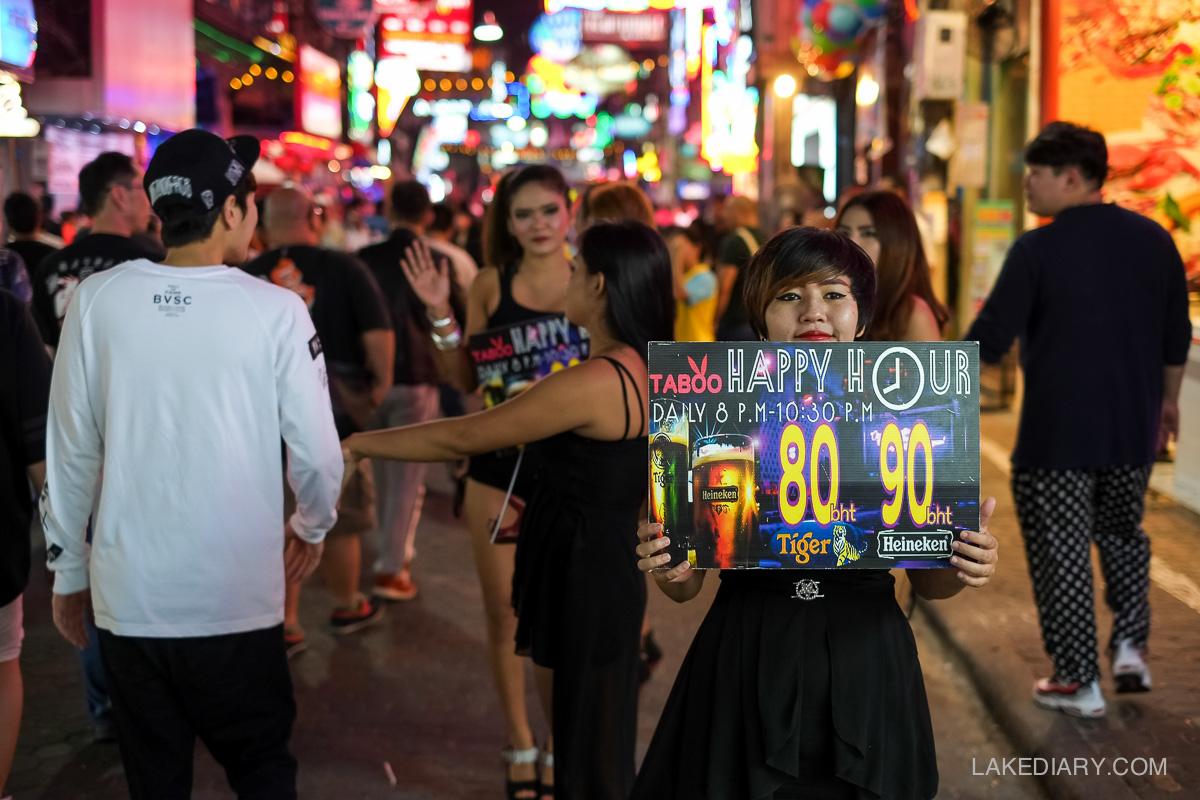


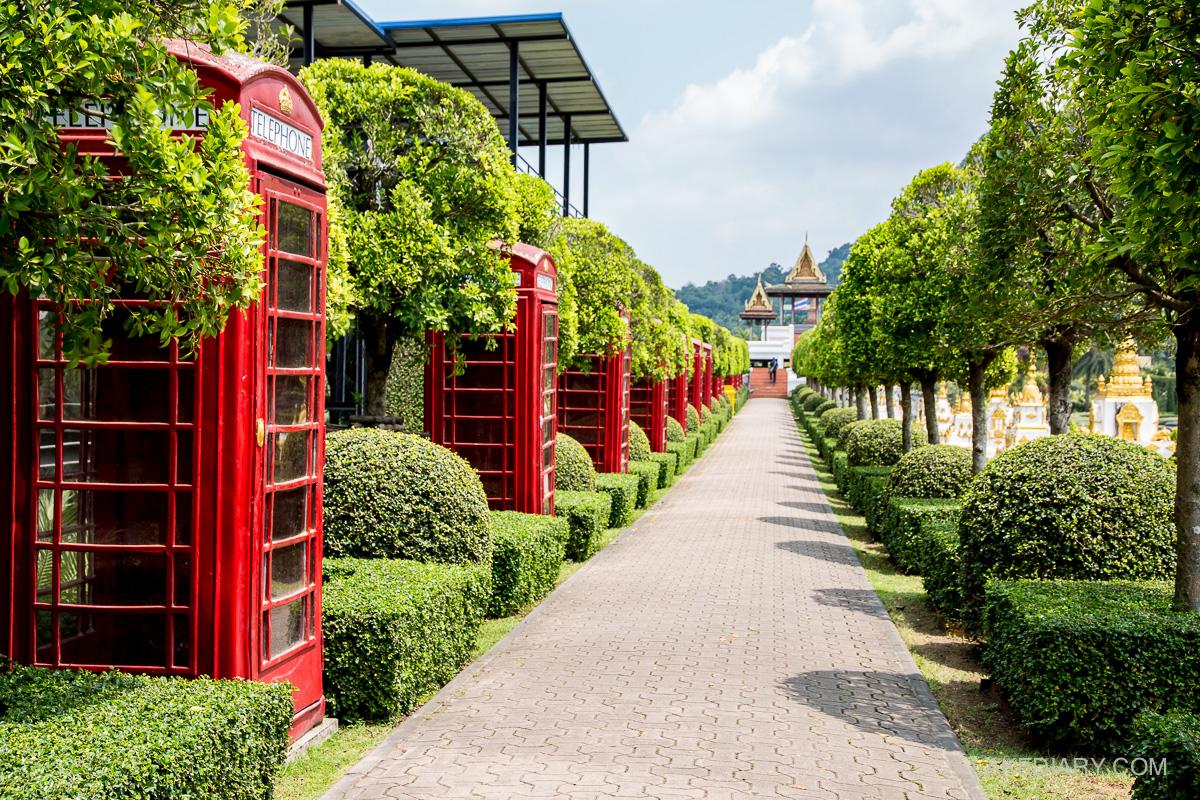
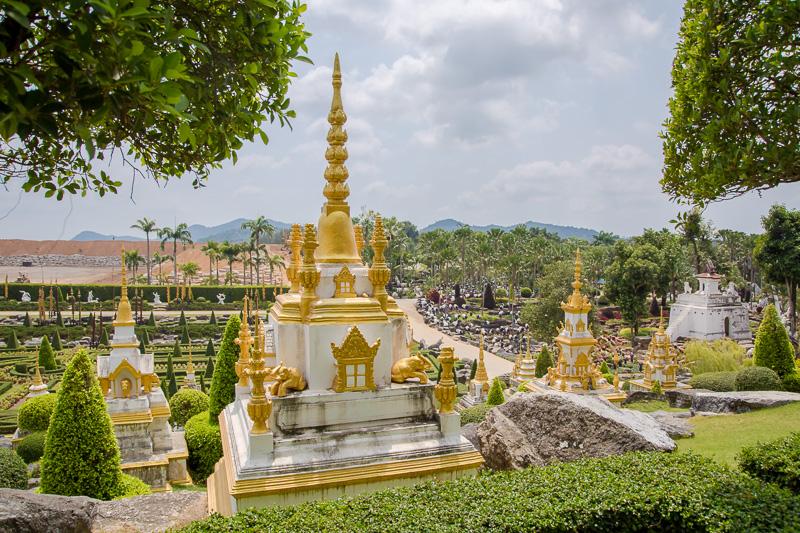


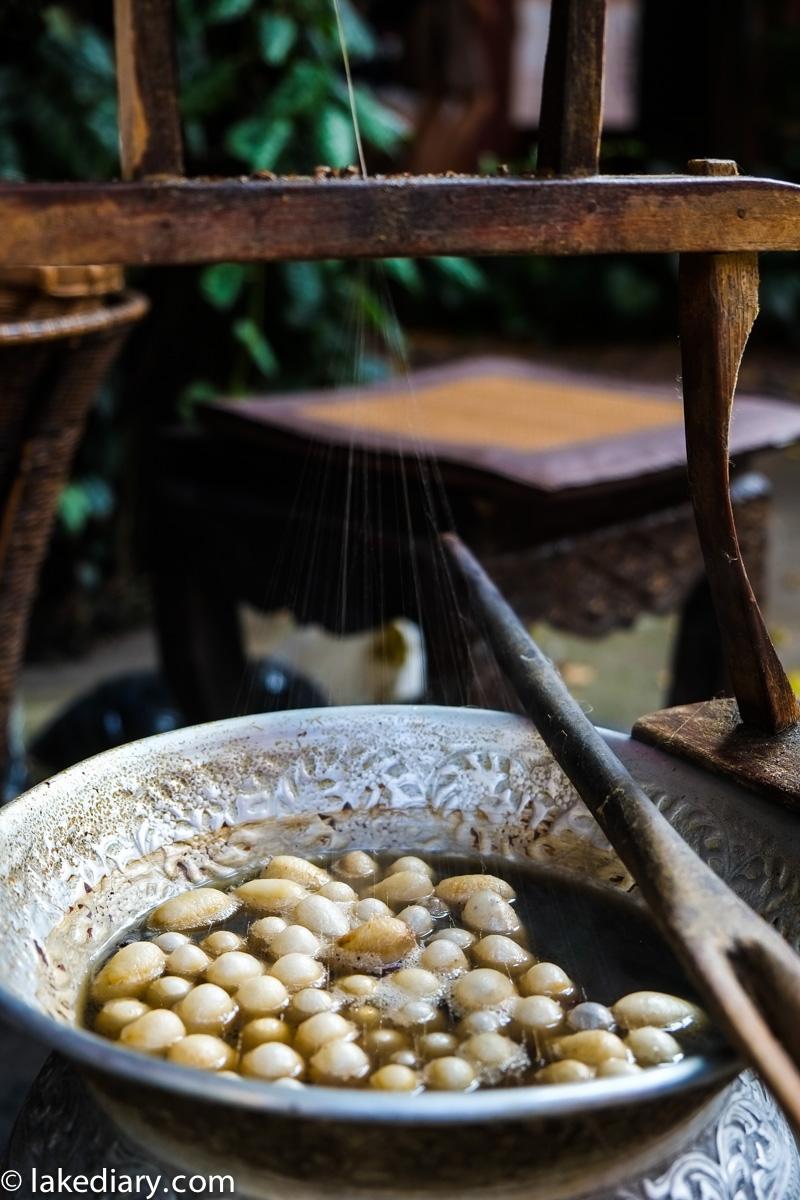

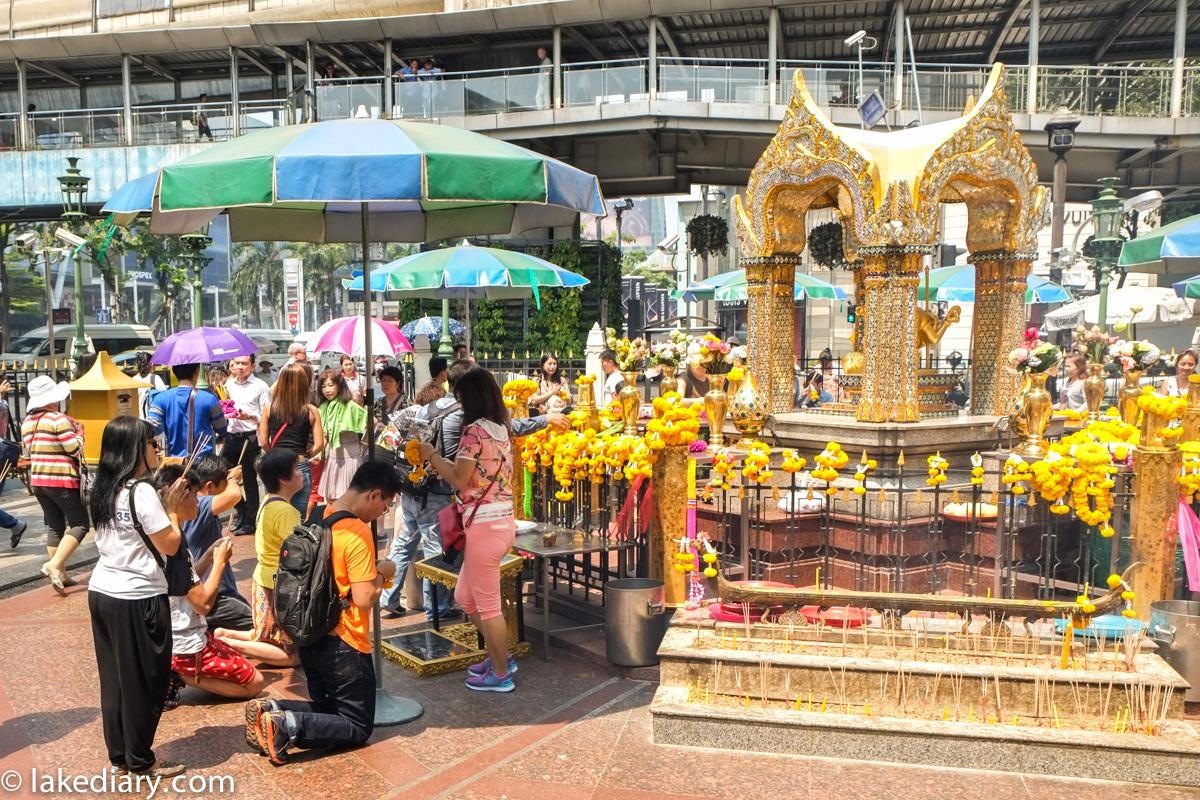
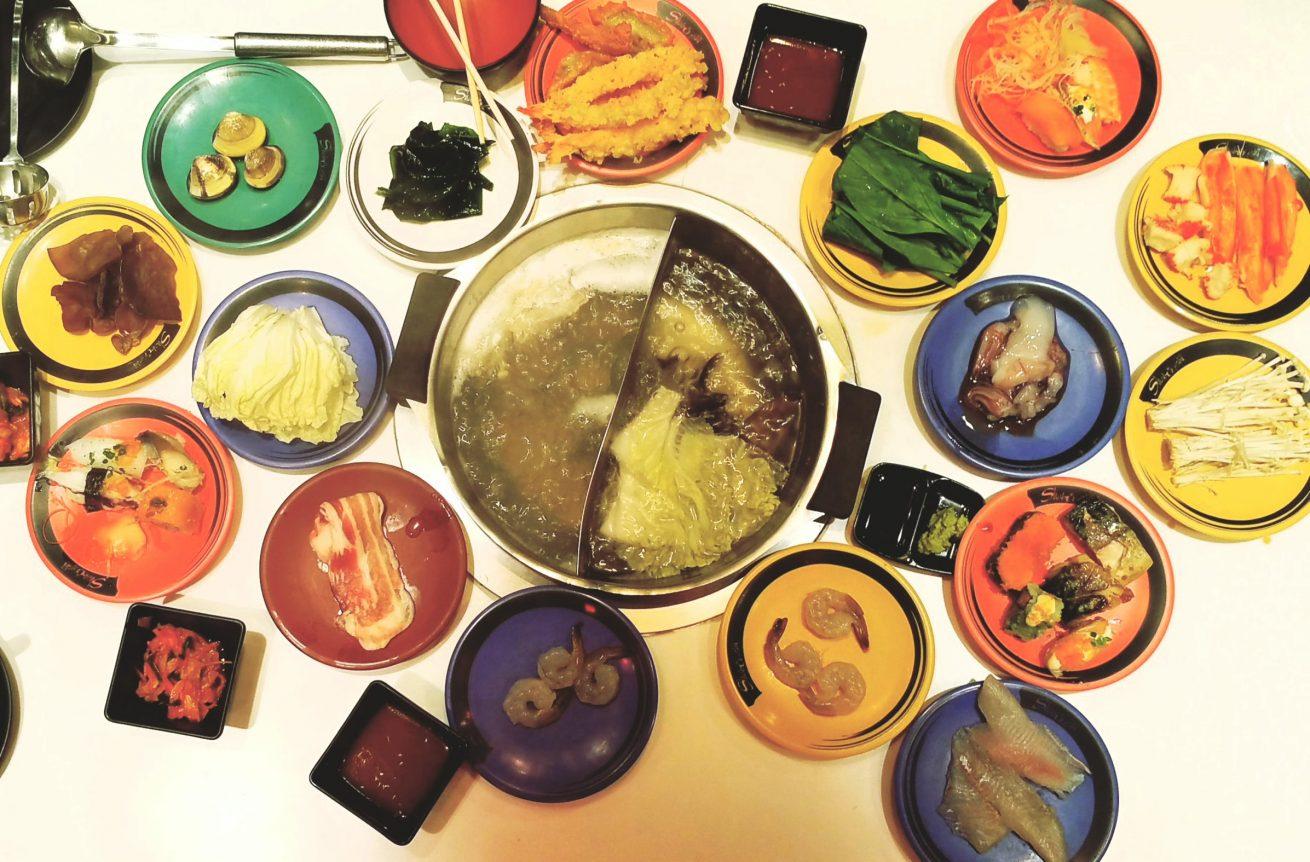

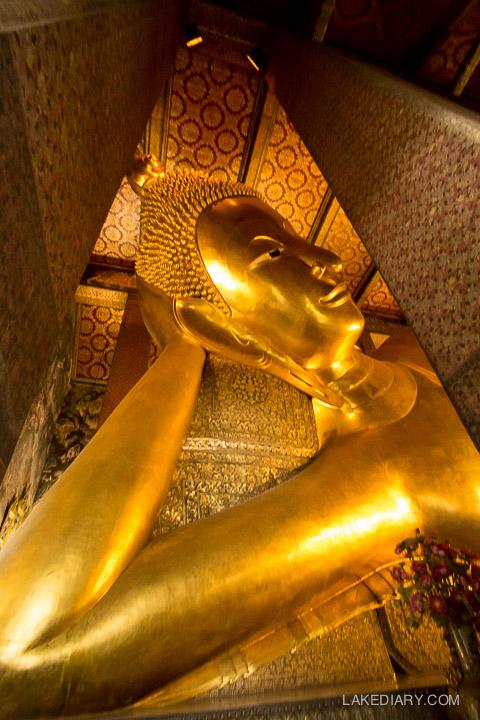

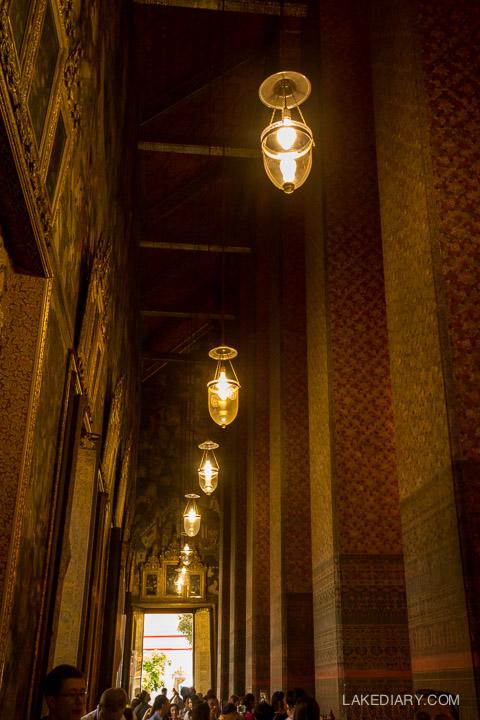
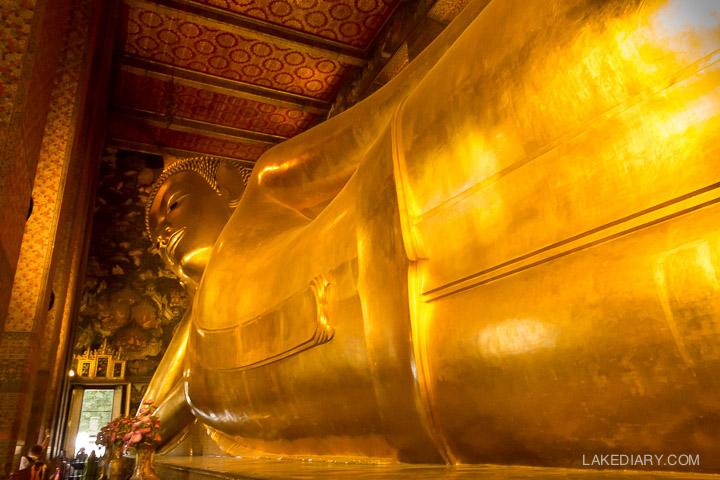
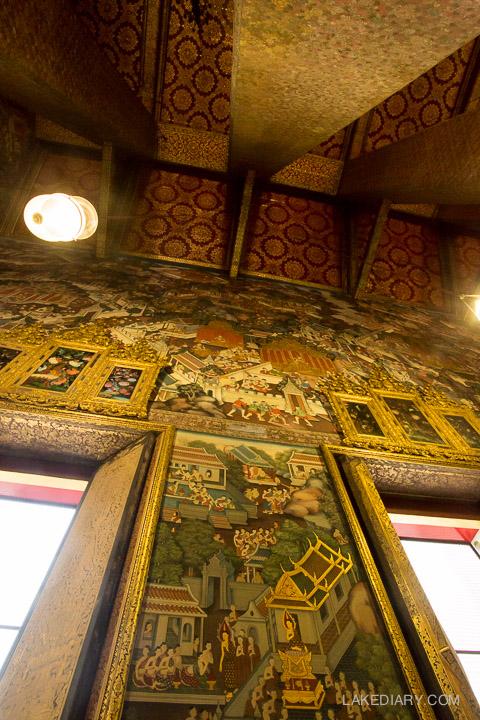
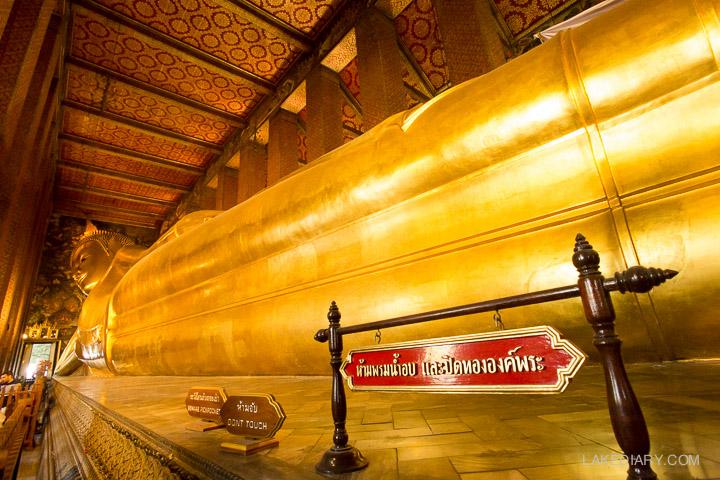
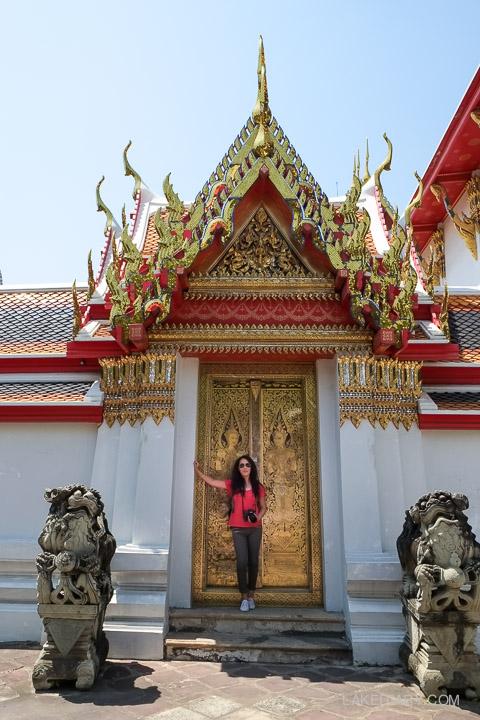
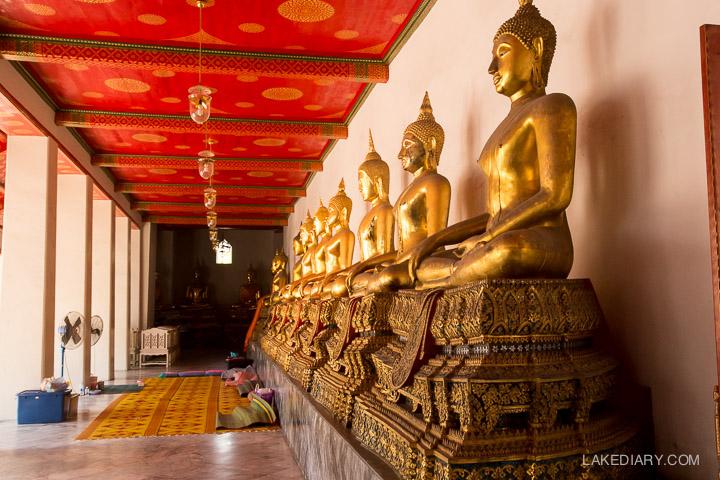
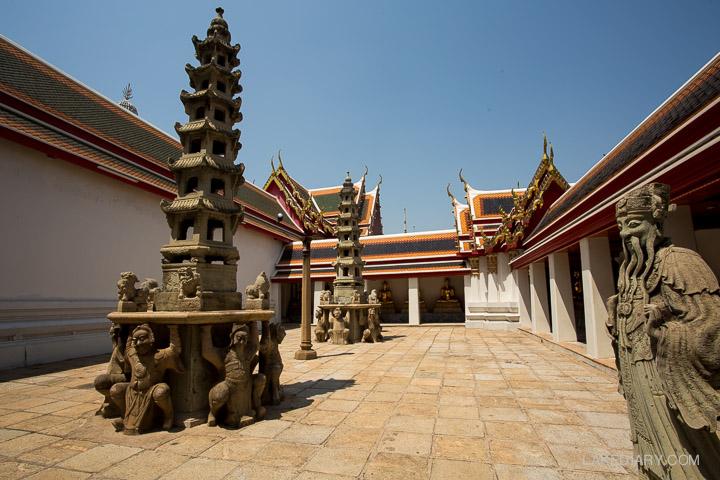
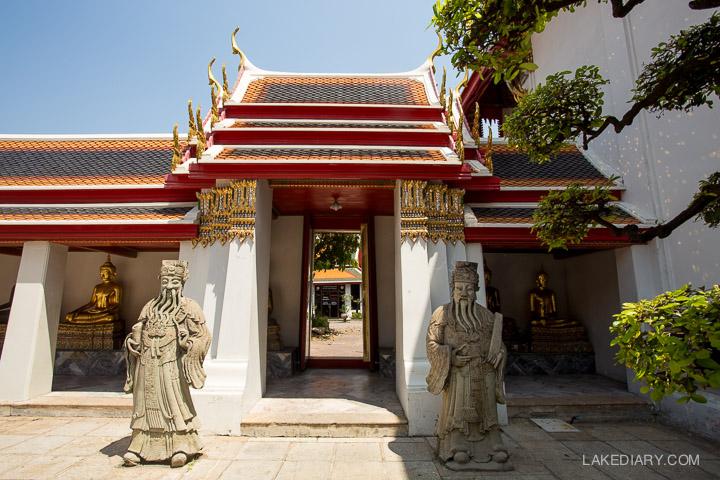
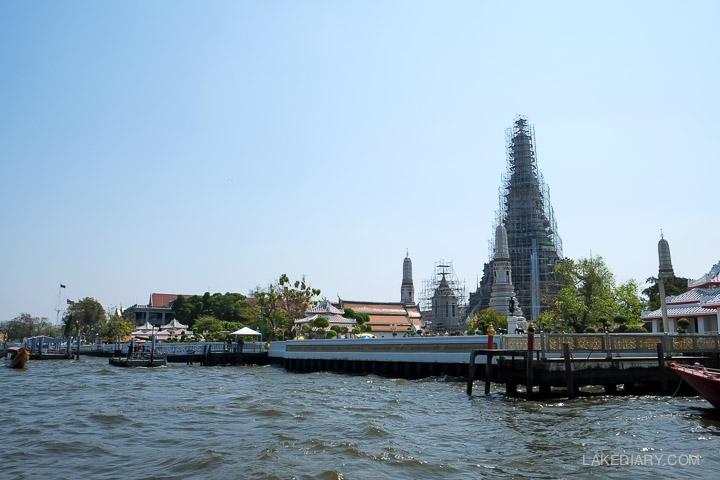
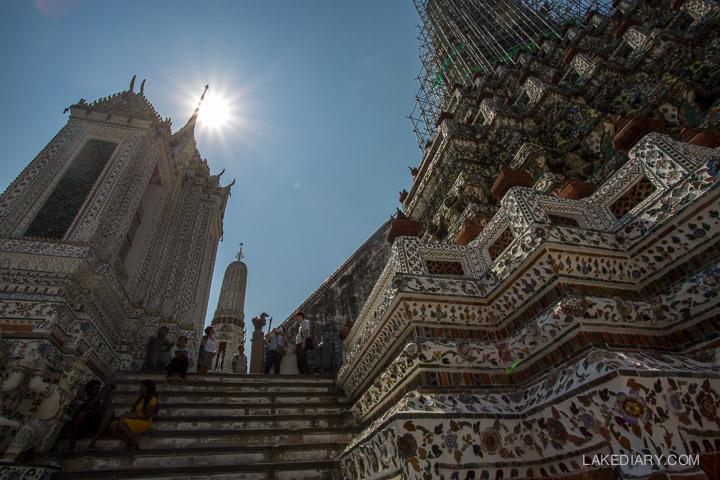
![O¬éÖ+pÏmswv>ש,$»5)N[קSTâAÛéz£nôîîXöHb·@Û¢ÐtÃÆÁJ©¢Ü«¥¢Øߤìëû± OɺäNAiàeÖú¶kq§¶uuráÓÞü_G#ñ½¶C¹}ö®Gc´ZC |2Ëpz(õÕñÈ¥ÆO Ènäæ¾Ã}uèÆo¼»æëµyä4*tQ± ±e6É·c~Hõ=3B)}i:ÌêÈÒ°iËÈÕz7ôxñO´ü%ȦV7(½Ëï¬kÖí1OäHfä"*d!V5âÿ¨Në]VÜhzÅ[«ä0ÚD¸²¶HcÐ/¬Uý*Tÿ¯pNW(Ëcwþk,òï|±§IíéÎÊÓ¡àEÀ}CÌŸï¿ìä²UöM§m½ÿ³I·ÒcKïFioÊu
y#J§ûy`ã"Áã;GßûA¤iÊæçKº6кÂóKx¹!XVTðøwÈDH~E§Gq/âSý7Ë_W×-gh}i¡ #f5TÜ^b¬££0ÊsJPNßÑíNOÖÒÓôñõ[J=«H²G2Z¬¼¹iqÿcx¦yJCà°Ìû$oVÂô,¡YÉhTCM)Pxò´2~ «3áùıüÀZº¹[XuíæWôÚöAB$¥6mÏÙÁàC¹>$ïê).¡Ã{¯ÛÚÚÞßÝ]I ݧîÉg£)ä¢8Vøø¯ùY& 2í)}¯f»¹º³¾¶9j!»¸VUfø¦åqHþ¤ò+$y~æüioyë¢ZèÆÞ ¨U©#½vªåfõC/im¦¨eZJ»îjd [ÒN_·vg #{´ÞvÑ£*#°µÒå>©¨C@ÊìV$ÿ+9þ)ÏÄ£|2Óýe
½Â·ø²ÑuTÑÅPiê=®yX¢UÀcØ^ö¹`ÇæOI}RGt@áHôâÏàý°ÿµ=îͲ%¥yßM2Ém¤ ã*Þ¸ c Öí¯ìåãéõnÂz»ülÜ!4ã¸õU5%ôé=ÍF·Ü@¦8n'ãÈúíËe+±çþ^*æ²lè^tMoTº´Fk?J ¦¹DrÅLqKPÌôJ_ÏþVWX£` î·¬OÏ?ø¦ÿÒ%ó>±§ê×p.õ6"X.!oP×â½V>cqæÊ0ͤt>a{ûW;T´ o##Ç`¬µSȶÿÙÇ'¤lÎrb××××ð®u2úê «ìP³¾?|+¬oñDyôÿJé0iW[¹6Óǧ~=*]IXÿÑëÈKб#þ6û9ÃGvy$ ùM¨6<°ê6¦~ô:«´§##û¬Iø¾°Ïæµ·óWïôæKfy7.«ñáÇíå7Í4¾ÞÒðyr» rHhbT©$³´cö¶oö<r«Ù$Uò5¥¬~n´ðÆ--e3ü¨¥iöw<Xm¹ìÜyZy¨ù/@Ô¼Ä×±ùH¤r¿WÊ*̼k¸ØaððßgB©¬¾dòÖ#0½½x¶G;âx(vu^Gø1SÑLXNgi¦Ý Eãúr(æYIäKV ~¡HJc£Krö³.d¾ôeÜPJ÷ãȶBctÌ£òë¾Q¨j÷V°CEh8öAÂ*OAû?òÿAÞéÔP¶´·ºÖÓÊYî ÓTð®ÞßFbùÉTÑdiVêæRáL._Äàª]üÛG1;S¡|É®éWZúz:<©>¡,ÊÄZÇÌЫU[À»üãË*ª¥':×|b{~d%¨âb ©$r$ráöL¹ÈÙ#ewåíê,këz4R¼MºV§_óý¬2¹
R3þV)õ9zpòõþ·^íðãǯÙãðÿ'ÿÓLy^Å,dºë¨¢[¥FõZX«1!>ëñÅG_£rPIæP=濯8ÝX´lúÃ4³Æ¦FåVfáFÁµU)
Áqs)¹ |¥bĤ·]Ø×ö}²
"èYz?õ{ü±ki=×Ôä2YItÝɶû9&ödOóܺĽåºË,*yºÈæZ ÐTìÛâz»Äzâ>}Vi½uxÞ>EeÍðQ["l5oZ/ªÎJ¯Ö9?¦(ÂAø0v½Ù7µ¬|Åauq4ac¹6ªcpL$f0{ûÆV-L§4¦ØÈ[8ס¾yPImm%³±kT
ÜÚ4ýjëñ¼V·¾Ó<Á3ÏjT+±úµÂð·FÜ ¿©pÞ;nIm®¦öÜ¡42X«ìÃÃN@Læ]G=ªAd¨¼ù¼ìÄsJlNûÖ»`;OÙ<q¨yÉÚÖÏ8þ¨ò̵oRcf®ÜWÃù¾,ÁËѸI<ñåm@XÃ1eF- ª ÓÁÔÔåOøl³
SÞßê×N°¤/AûP ¥M?læ]tj&·CܱIê<g4£+Q¿~<+ÂyäKbßÌ=½×ÅxÉéÆf!C;(;TöÁ#
³ÉêwvÛ%ÂÄÒÈ/-#´(d J°Ø÷é_ìæ!´Åy·HÕô«©Zî?Jx²À 20ÝeU-Çç_`HËç}ÇüjkÒí´ÙôëT¼ièÙÌØÍYÁyÌ[írøxæ¸ÜºÓyÛf5D²»R¢ § b#Õ+¨Íðü_ëdkÑf h:µ¸¾âïP·âÞýÕº<ªvn7ÿ+'$4+Åzqn9r+tßòFÐu2Lº¼W6ZI4vwÔ@T%8ö,~,9äc¿äX/-ØÃèHJÀÖHàe!jƽsñw· cÍ·Ôî!ÔÖÒÞôÊÁ©¢ðñ,»î¦98z³ÿ/yWHò¾g¥C5ÄÐ'Ö.ç7©->5z×
ONæ<äxeéÙ[ù³Ëói ¦ÚB¶rÏk47XÆ8§&Uk!0O1þsdylÇN¹¡YÂÆäÉ}¨+$~+mE-~6ø¸º/òòÉÆ'¦ÌJWg hºî¡©êHlÿWt ûɹÐáÍSþ-áócÍùZëCÓ|Ûcs"m£¡rAäiÃRï ! NÏPÖ¼Ãqi$w6·j 9-¸@ä}µ1£»gP#Í®·m}ä²4°Æy< §&Bsm/øÛ)dOT.©§Iªhq[ÙY,çÔÎõGAr·§÷jßå6[Âm1
þýß/ßSê_XåÃn|øÿ7Zü?ëeþ#OÿÕ¡yGZÑ"óEÕÝËG(fµ±MH.«Èïö3SÄbiÊ;îò¿7êÖ7¦?K,´ë@R;8Áà¥$³ú±Ì`ó,eÊÖÿ,¼©©Ûi°yXã:]Ý´<bòìªËü©É×ñWC§Ôq æ¦Þ{ËZ|-=í¬Ñr·¢¬}W^m@¬¿ÌÙPß`Ø <ÛKÔ¯õ»iö¿Sp8 Ïß¼T<Sø¾4OãËe¬Ø¯w[ó%£ú-sm3VÖqæÊ(7_ÙÈñÑeD(Æ%¬«t¨÷uBµÝ(þñírÿ'ö°ud¡¨Ëú+S¶,Q¦n+½Ù÷åPÉÇ£W{ò棫iwñ_ÚG'« j8Ô5vð9BQ¶uæ¡©6 gO L Ê7ï$*XE³$qø¾<©Ì%º5 FÖÆÎk)!k YxµÖ<ºPqáÇ%,|6m°d²Ët Éàj¼IØ«ñÚ{íÆ$cvú¼×ÏõiTÈÏ1 þ9§1»rGybæêO'Kayõkh[Òé&YK·/Ó"±ÿd«å13±ê¿æ¦ûRAg¯ù£MÕ£¸·QrörògøC{Ô×âi"¹(ËÕØê3ëRËoéÝÝÈ]ñmÇUQÑYò¿ lÄù#®ío¬|¿sÄMÈz$ÑzÌ*ñ7l®Ä¤DXJ×þ°²H²)z(àZÞ RÍÓrfRN<¯¶¥âÞUâ&z§ ´»ño1æ.^ÆT7bVùÊÖòP±úîmåHàtzðu b;}®YyJÏGò¦æ#£Zú¾Æé#zªO¼¤ïÔ|eS!ÉUúåý8}Jëûÿ«ÿtßb¼ø|½²ºÿÒaÆ{¥ÍÿÖßUºH]ZÔ.;3ÁÍÈR¬QHôúnÄ|_gìæ£8©läâEóY¨y/ÈÚËb¢+]EØú2JBIÌ«ÉÀsøÿe2ìk²ôµ¨iú!«¼-éër/2cbGþ¯YfQ²Q;Dn%c¶
/Å®ÖÜÏlózJǯÙâÛ,åeG½>{:ýÔ1[], PÄ,4bxØ3qe^_»¾K6oÔÆq á}}-Í«¼²ÃMé#Êà±¢¬T>§ÁÇýþäÃÂÒ«i~^Ó¥ÎÖßNÔ¥R($F¬õâK¨änR:rýÒe,@ Um§ûÿ5 (ó¸Ö$¶UèÉce]Cf¤î*@ôÓý³Ë0¡w+ââágfê¶H,4?-²,zi/B°8&>F±;Éð¨ ëé|MËgcÉ°æÆxeÄyÆ{]:êâëêim§Ú§-]äàQ¢³²q?f..Y#]V¬[)¿F^5ÓO?89Ú*èñY%RUåFn ¯Çö¸ãP«A°/-ºµ©yq¤Ç¼F>ý^~²*ȼ#ÿÏñÌxä;[8HsH^/[jòÉq¥êrú5¬u´J»P3Ç_·Ão~#)¶dr뺼zÄsK$qé×6á¢I$EwôÇi øWìú~ÅúÚýOf÷ý¯JEÌVº«=ÔÒúÊ-Ò@ QJnpÅ!~Ï· ƹäÆÏ2®bÕ ÕQ-a¼¶b/$Ò2åö:ö±&]ÅBóÎhy~¿ÁùÏg8óRµ"øõpõëüäô-ç|ÜÖÜÁ*Çc,~¤ax (PñªrÉÒ9õ_¦ù·Ìv²¹ZE5©yp¾»~Bqð8%za º¸ó¶Hà¶ê0UGýÑv4/Äü_n2$q#bçUÊk7»Ðl%ÄÎ~~QµËc×&`7k,õvеÔ$yÂüÕ¨*¯*ßðß²Ù9]W¥>9Ù%Zmc¼îeÔ.Â@IXp*ªÀþ³3AÃõ_4k÷Q[Á¥>ÏNð¸|I#ÁÆÿÿÐGåß4jR¤ú}ÚâDI^HÌv¡¨Ì^BÜyì°pJcÔ(ߥ#$#|%ªM µåáÞAarGeFÜòWzÞ.ÔfÆBz}Iã%¶z#YØD+8*ÃÕ>ö[âÙiqsxø~RY¯¥Hb
J%}$^ °n3H2Ùû?kùñõ¸Ñdh ¯úNµ¼Ó%·¸¶£ÏÎMB:"*U%è1 -@ÂWÑ"°ºâFµþß/xJxüÿÑ7´Õºe ½lÉX¢uz«F
TÕ+ËÂOÛoò3].êGér!>»Ùú½,R-J[©õI®l]ÓQ¸æEvXÔQ£4>y~2k+Ë·ÿS!#ùÛ};¥:¾ü¯ó±åØn[GXu[hVv0qhZ:ÇRÌãSrø²ÈøúXd1«áø¥Wÿéo,+dðÙCjÖ¸`Í*ÀÔþÊåµ.Mr4.ËÏÉÏ7Ip-Æ:IìÄÛäDí¦@i6¿üóºDPéà¤~¤Ò$ÞòØ|+ûIǶ<ß½n ~Fù²(`îÒH#ãêUÈ+UU.W¯ùY9FFV9 ÏäWWÔ¼¢@e«Ì (åÑ«[ <Å'VßþlQu± _¢spÇ×á¹u'íû`ÞJL÷ÎSÊgÖâûX°W^P=%q¨n.À>å©×ü¬k3)_+j?Ê ´&ãVÓý%2Ìa£jü-PÀ¸zxü90bnÚ|9£ô¡Oå~CëlZte¸ÝDÆ9Ö|ªÁêÝ>ìän,øf:Ëò÷NU3XY[N®"õ r¯· wÞ¸#Â'ßkÈ:LKdÖúý±ÒæAqÍÉ· ÛýêãèeëBÿʵÑmnb×ÌvAßÕõ¦¡q}li¯ÃóÙG]òßÄÙÛk1ÕDJË+r7ïGÈ1«àãÈæRðíÇ*ÿ¬¹Vãu^§/îþ×òT»ßÿÒÜyòær¨/¯Ä±$>PôýÝwÑ©ñW5Æq!Èäì¤|äè¶½ÔÞdpâ·T⨼×
ysû<g(êó,¾uc¯u´Ê-¡[ÙÃû¿Årb@ÄÆ@ªÞèn³Kî ÷pªÊöæöbüÑY§»£-y,®ÔÝrÿ]°<LO[òæ½ ±¿7Ïqb¥Y·õ±1·ÿ+ía<!H©Á¤ØdôÂVG!û¤×ü¬<!L·jÃGý%æ8íB4aåå*»¾é]ø÷é¾G]$Í7òÏ4Û»¹kñHíÉiËR?eø¾cƼÐ`Óu4ÚÜË¥ÈRÞTÖ6vr3¼Â¿±ðóÌlÒvêí4](ñýÜ~¤6·a£ùf7=¢ºBÇ<³F@~E"ʬÊFcãÌfjÜib9WÓ[`4-[I÷L´·fpR)¢à2"òôé N2qýøÊ|Ë.·6,ý6§å ´8¥»°e¥JLªò7êwý§,cE´È²2-躾<ö+7)DA¢ýHâÜ×5GòaàQ={.ǧùz)î4à&N?è©ÁäØ Ç._kC äÇSÌÖ,©qÆ%ÖyaQ*q¯¨¬ÅY«·Áÿ4åb@f4Ùè÷ù£ëðd²X9ÝË4èiÅ7¹;28ðîE_TZÓôí?ó Âÿ÷I=×îÞÝõLS_ånT,ßµ©&Ù©§úþ¯¤Ü½_øoGÒÿþÎUįÏø_ÿÓßÓÞÝÙ_ùU"©v]Ú &ùxÁáêåN½kº»Cv±ÆÆ8bi!ãFj>èJrSËW9¢ÉÙ]é |¸·Ö+]rÞái#DÎH,IøèÁf ÇâËá-Ì'ÎÊeæ[ðô«9Ol=i&´H= Ü¿ÉÇÔ$OEôðòõ!uÛí*=Ϧ۬Ky6}è `ܪ¡ø¾çÎB¯«(ê:^JÒ ?}*¨hy°¯Èe[É6[P¾[ÔÞY^$¥ÀXØÔýÑ.½d¦]M@G~]y{P¼Õ¯nTZYÀYä¹J£h¾ ³´?c,ñy1ô×ôé{ñ½¥¤<-!hL °# R¦§ìáÞHÝÊz~u¬i^Kx¥áõb¥¶â6ÀYI7µîÎÏRµ·.ü"Kè>%H<³¤|BüMËãâ] ÕÕöq¬oôÁykÌzn¿i³CHÖÉ$1Ä&Y%øªDkP{/ü|Yh·QÂFì¡<·§húg¥gÏqu·RÌÕejÂ¥¸ îâþUÉ×óAݤiZ½£Dú¥²ÊÄ+Iû¹"E?²3:ûà¦}è¦,uãѬZÕ¬&j¼`±gì¨ Q#ÿÇ¥Há<ÞQù¬êQjÿ£ÔH"ú¹@¯%W^KüÎùFMÏ6èl9%6¯-Ãìia|'ÅYNUAlj¼%qøUOÆÇâõ²ó@ùd%^«åë»È®u?Ô×ôèdÔB÷ÿg7ºÑ ýå^^¯×'ô¸þãë%=>¥Zwêü_ð¸x/_ï_ÿÔëS~[ZG£[è¶;]:."@Á:%ü#?w«rÌCÞÝÄ/qi~³ùVu.l5#j $QáQ~¹¶Ü²¹`³væ¤÷Oòk¦_Ms§Z%nÌà0U?4å·ìÿ6X1mNRE"õÿ/6±¥O§I;ZÉ=Qf·2,¿١ßöáÄ)'GU¬~]~Ò%¿mSÓXhî _àMÛ#,V)#&öéöÚtR¬zÈ× ÊÁÀ½IÚþË"pù²ñ¼/ùRWh¡¹qêFT·'½ÅQb®¬|RO$fä'µ³´³{Ö-"(ÓqZCHx³ |*ËË,
¦'t+YWYfÔ&R²HWàÛ0U^]ÿÉþc l¥ä°ùR&³Öþé®áËo@=¥ó|_ÿñtµüE2íY]þhø¼j·:U§R="¥RS¡Mùrxôâ$¸u|`T¿Bòe¦ÅîNÍ,F)ȵ6l©L´A äM-4ùmîî§7-9NQÃ1#ÐR¢©ôùåÒ¼¾/èãB^è÷2'K¨2IÌ´dJ¬¯ø^´n?¶@Á&h¹àXxËaø.Îà
añuþa)¶«~XC«ë'T½¾1õ¤E ªNçñ/EÛþ+0K8å §?å%¥Ã3I~ì²:ʶ©Úìí_õp@u_Ó;"ÉsåÛmnØ[ Pd¯pøUZ(ýµÇ&c³Ê÷ïJònÓßÉË·åY½IV«RI~?ÕþN>ñ-_þUd>¥úZn?RýÏü{z¾¯/î?÷~®<ñÿÕé±þÌÍéd^YR$k°*"¿ÿìú¿µf¡ÂÞ&@»&ÔªG ÚÜ´ÖFÑiPîÍÁ¯Â°ô×ò·ÃüÍc[U$ÌîMµ§êz«O ÂÙyᱯôU§/ÛUä¿Êù3ÏÉ;y¢4¾Sþolcs©Épí ÂËÙV8[ÓãáN2üÝm b÷ú|c ]2Isy#C#[-JþéÙû_kÓÚ2ï%u¼Í%¼ì]Þ ØFÕÏ«ÈqøÜòÿÿgÀÚÞJÓóSJ:F±?¬±DæOï82°i#Uÿ~pø¾ÎDVÜÖ2ßri£|³Núb¢¯ÄMÇ"õðð(ÅñþÉáæÇuÆÝ4¤i=[SP´OôqÔrKEÄÓà_Sù?o[óI;íÉ¹æ ´ï¬^%´M9î{ijFôÕµ#Gû-/ÇÇùí ÛußdÞèÅõ¬V×?ØeÜÔH¹R²ÔZãYúìÏonö¢[[PÌÂYÛí¹ý~ãñòoÙ mæÄË~h{Jpº|Ë,^±m=,dGV2_«ñþgçÏâýßòFÆûR=Çe·º¾§K¯Ôëx!]¯BÛÙý(Ù»·ÙOål`;öYämSSÔ8µB.ZÎÖÊ!%ômõ¯Y~cËáà¯ðÿ2ã¹NÃu;{í^Qhísn$<ncÜhPUßf¼=Uü*á»Ý¦ëw¶úBåîîn$dÕ]d[g¶ ^e?.-ö±h"2ØÙÝQ5óuªÇ ĺzt-äÓ·WV"±±[Õô¿ß± Lb¯(eÕÒ3ÔÖ§Öîý.^¯/¬Y×Òô«ü¿ïßËÃr<I9ÿÖ~ÑíìóI{æø¾©[¡¯Ä¥¥ßó7.Mû¯²äÑL"NuvgÓ¢ÔQZP0÷ö°ÆÓEZAdÊIbU» µ@èÿÍþëÄ õIt»(Ã]O¤Âkð =Ôû*ÎÍñ r-Çùî]ÔN¥¡Û-üØ®ê0yAKMRÂò x3Ø94KC_µÄqeþlNÊ-VKûöBÂáÕ
)V§¬ÿ ~ì¹à%"Òë¿2h6
êþͤIT Jõ_Øÿ+í|?gèÜ+õ «,.ÄhAØÐÆÆWûåõ?ÈÀJE¯÷NÔÞË-ªS¨Z0ª| sF^¼?ò1]Ô!Ô4˨öÎ[+E($vPH¥s#uø} µ ú*Z»Ñ¼w¨â1øéñóû?³éàµÝÆ/«õ`Ò ¬n×(8å^n y"qO³Å±²»µAXqû*þ½8þ:0¯/³ðíüx¦ÖýBåÙAd³<gÅ/±ð~ÂðøÿÝäaâEE$O8"6øZ! ì¢ã 8/müø9¢é èØråõKJrçÇ
å+Ç_O§_=N÷<#ðWÄòû?cÿ×ã&=j;d·PjÜHe}2ô©ö8Y®¸ßô]¿¤¶ÊX`ýÐÎO÷%pÜ7B9ñW¡û8¹âÛù¬km¿ÎGyj8#ó ¤/ºl·*ÒªUuE¨ýÚãüØlÕ©¾Ü%³jþ®§:ú²É'è«gPÊ9ÅÞüU?,IáÛüædßüÖ¡[[-BùO[Õ Ãq¨[&%V@ô1#'ÖÖá¼Þ0gkh¡¶QªÈg4«×âfý¬«ÿrßüRRÕmVùgEòâÂQí}[ìò+Çs^ÿk%¿/ãa·?áM|hdÓu¯Ö,â±VÒبV/üòá;ùÿb6òIm ¸{£êËa-Ñpo¹êï¹É?Íbúf%òâKS÷Å;õU#ñH»§67ä½v]xn%ÒF²Dâi¥XÍiÈSö°Cmú²§Òã6-´ÔEk{ßSí;Ô½kw¾¨«¢¨iÅ´Â[dõm4Èr PèiñV¸:ê÷(ÅÜI5ä+eʳV B¤ ¯W3drþçüJòZ5¤ÎÖËÂÜúIeÈÈÐo|_û4Çb´B]¿+8ãH¬«ø}0WÜ1ïêwtuÅIIm-ÀúϨhÇÁ·ø«ß$sD«© vîE¸»ÏÙjwÈï³ {Ô;iohEÛF¯ªA¨%ük#£z¶Ï¨X;Ü[ç#.ÏFdôTþ¯7¤äôþ«ÃÖZçÏÔëö}OTpù¿ÿÐã_¦"@Φâê2>´Õøx ³)b6ø¦`{÷;ÄÛÍÚlÓð´G·4Ù m@ :37ÅÌrb$W$V
:ÜÛZt{6åh¾"î||h8¨§Ãc=~¥ã9 àúÂäErV4¶w&'KÔÝhÔû PCdÎ+(¢#T1Á§ñYµ~/þä6Ð+ñz6Ù{þæ§ÄéüMÝ÷E¹¶a#ÛUf«H&ø8°GÂ~,cDÒ%>åÒKuï|²Xú^ilçzÓk#Ä+ýJ&9ôþj¾{y¥íµÑQ}¬BmlOIS⢡ÞSýlwDÞÁ%ÒG6w¢Á¨3*îU}׶LǯF"]:«ýf[û¢¶¤}fQI.?û sOòRÔ=HÁ±;9'öÊcÊ_%÷Íe ¸ô$ÒJ¯Ô`cñðóEý"°fBìZú&ªUA n¤`ÙCÚÍ25ÓÚÛF<À *C
BôË+ý+ÿLV_Ó-DµÂ!ÔeV¥¨ Tügü
Xß+£·5Ú¬9É",jFMÔlhIÐÓíaö¬þÄ=춿UKhIýA¾&²;òñþÿdÄ×ÁRÊÞù¹Ëp¨#rl#<UÅôà (k¤F¡A¬GH¥sÄ3t ˵þ%¶þ<WïUÔ4¶·ùxk18ÆH;r# Æ¿Ò¦þh»}FH¡ÉUäøMÌRPsFJßÜ6F uI'¢OúCË^?Gzxs·ê×Òÿýç,²¥ÞÂâÿÿÑî°è¾_RÌlá,jÅH¯í+R¬#ýcËÃ¥Ciåô~¡j¸Å ](~ðý¯µþN4øm FÅlm¬R(éÑ_oæÇ|5?ªùuGµ¶â¦øHSJQiÛù~Î4ø~K//,bÖHÇáæÊÜyo¸}Û#Ä÷;êþ[ 2ÚÙ#½Rê¼q·Ü¬àpñxg¹ÑØùRÝx¥Q»aÉÏmëþV@äܺ=/ËÒ8YZ× ~q3FÄlh+û²BlLE¸àÇAëiD
®üÃp J³Ã$pòËÈÀ©M?¬K3Cqê¼YÕ8ïû<y7ÙÆÔí¿.|o;=¯Dr²ÒY#$j7XÉâ¼Ù~ò¾,x½èhyÈÒ¼¾¦Ü1N*XÔ|,i8üN«ö?ÖÇ
7ü¼òèHe
I¨KudRwøk»õøÙàÇh|ëßÊÏË«úBÚ2ÇN}9£Y#A 4?ÝËáËàýYzdÉOþU墲È4È[ø%hd<ؾ&¿ûßoörG%0O¿ø¿ååb]®Y'à4ö9ûUøÊûLÀÙ"æ?BUöÎ(}F3¼EÇû¬^1ÒÏðý¬¥»<ÕåHyѺU}Nôåþú¸õþò³ö²Hø¿ÿÒìv+'¯§ÇséY¼#ÜG`4.ËýÚM'ÄÑ |]|<ÿg1±ÝoVÛ*½¹&÷qÙj²Þ ·"˧Ëd¦k u¬Â¼ÖÃÞÖUBâ÷]ÍlÚ;)½rn)ñ£Ç¦Úøq³ÅËÒ´8|ÑÝ_Ç](http://www.lakediary.com/wp-content/uploads/2016/07/Bangkok-reclining-buddha-11-of-11.jpg)



